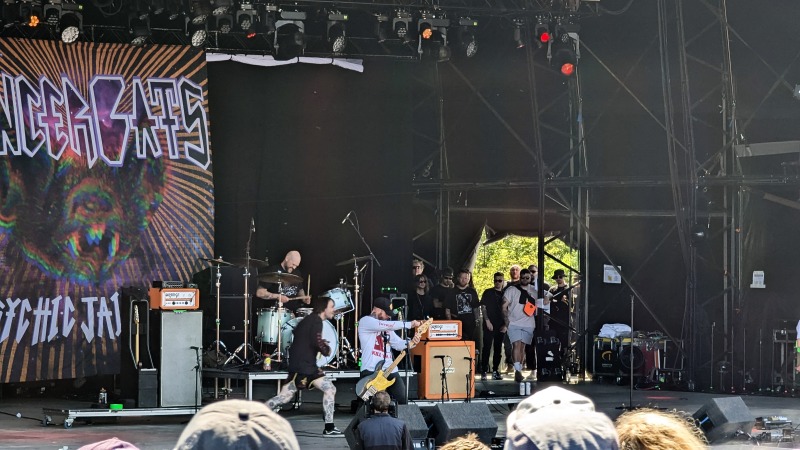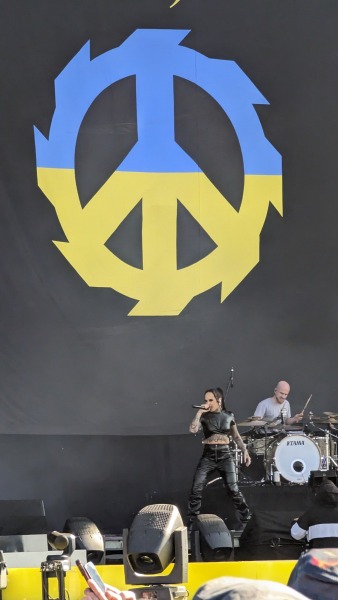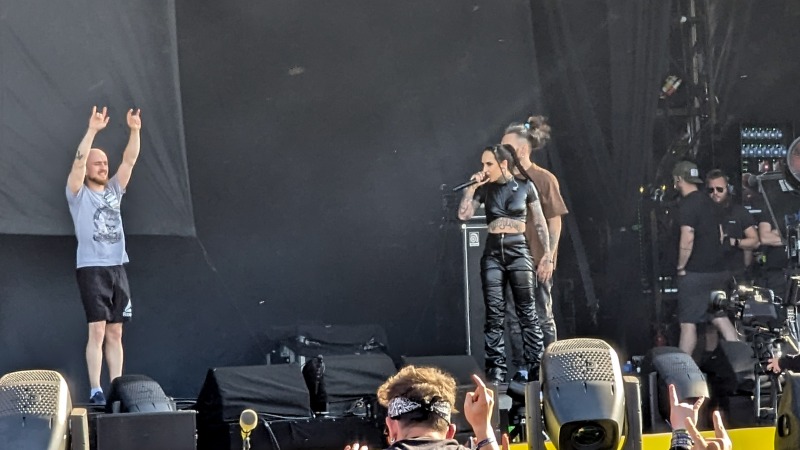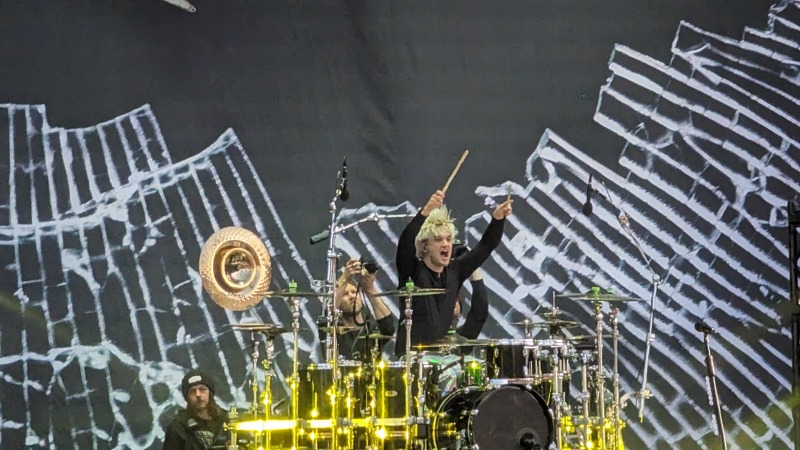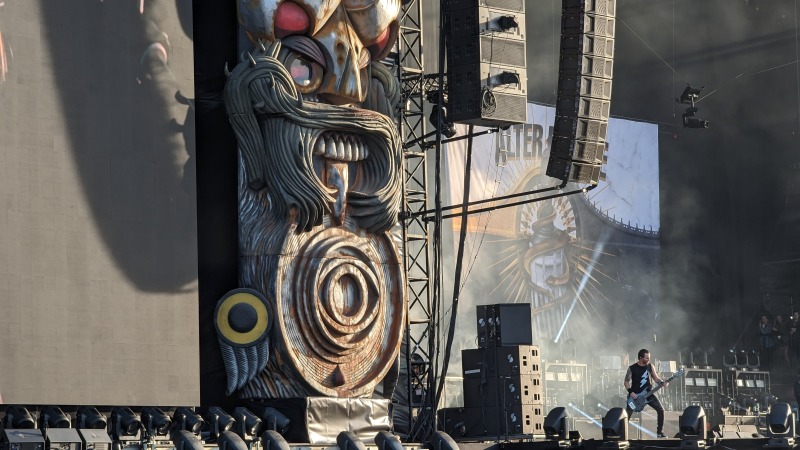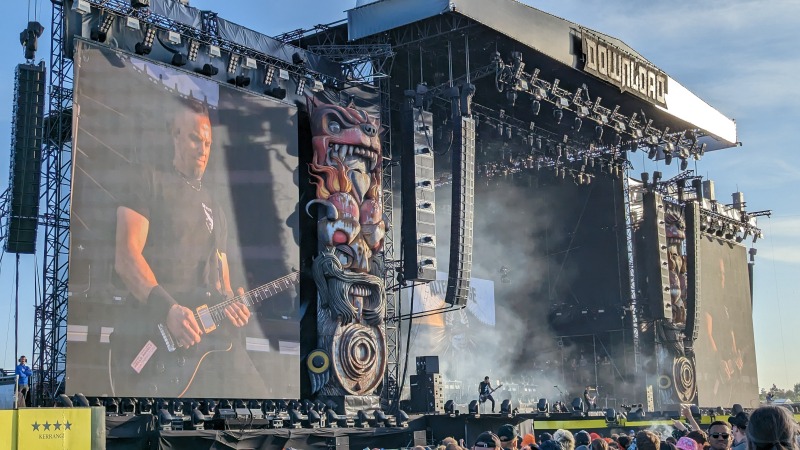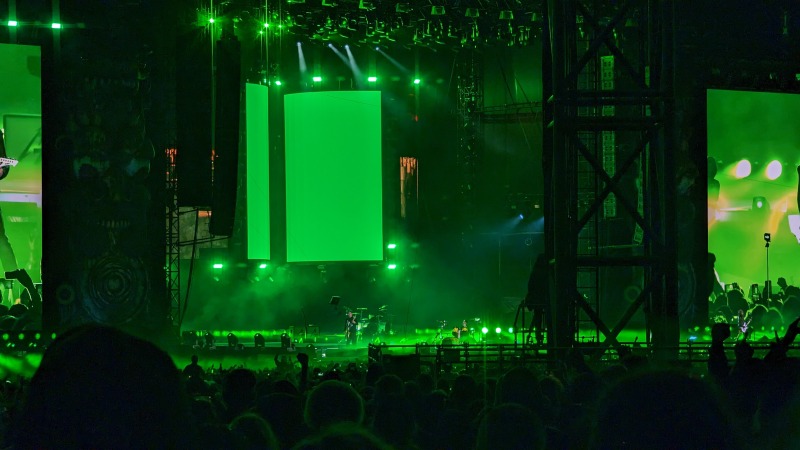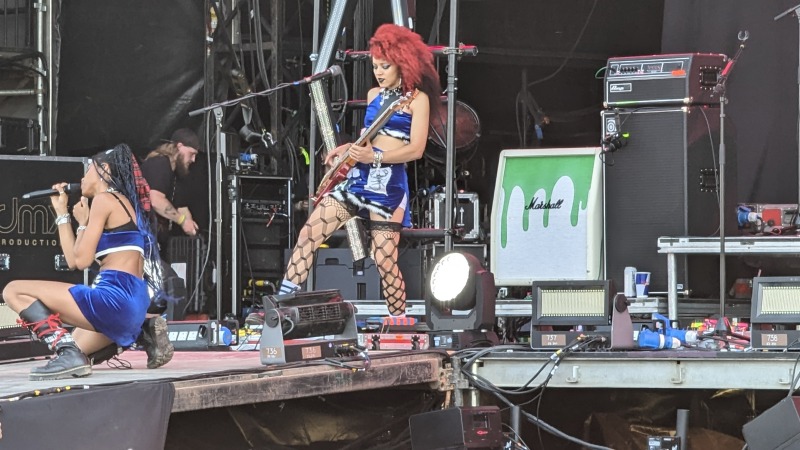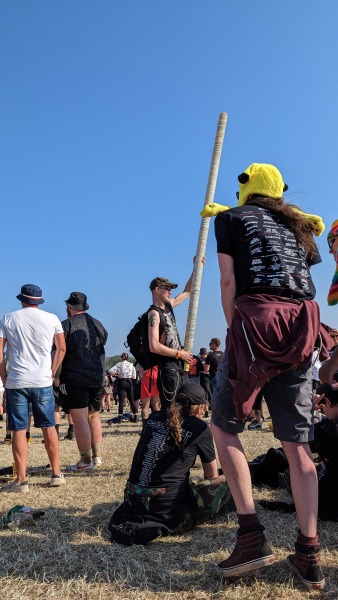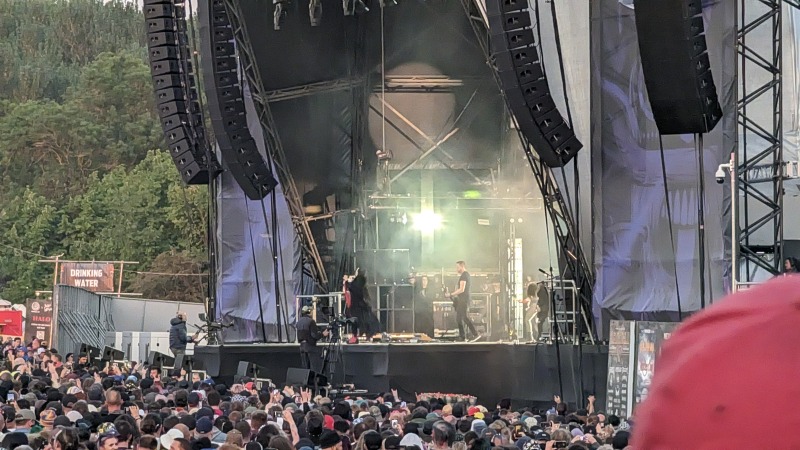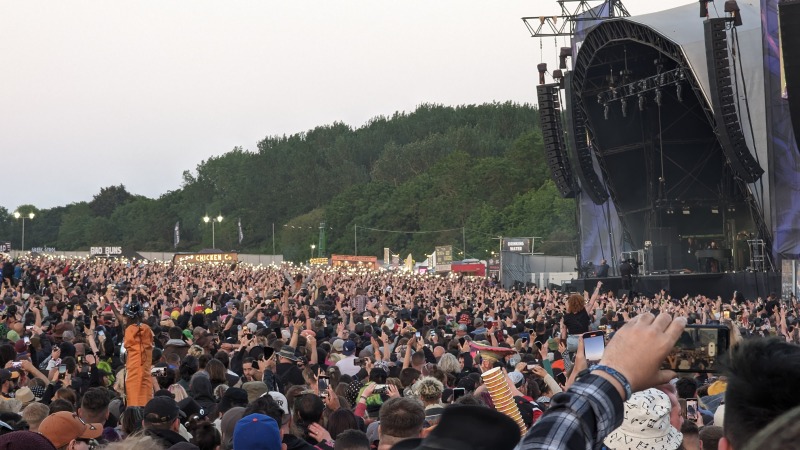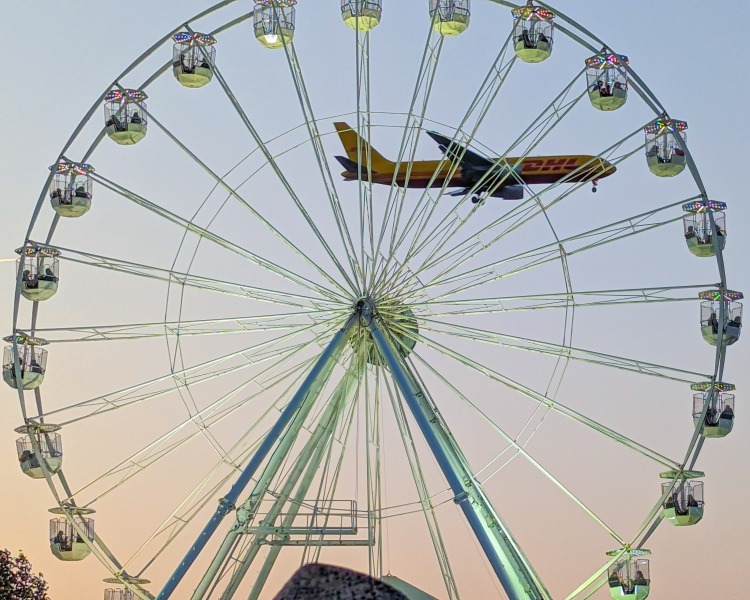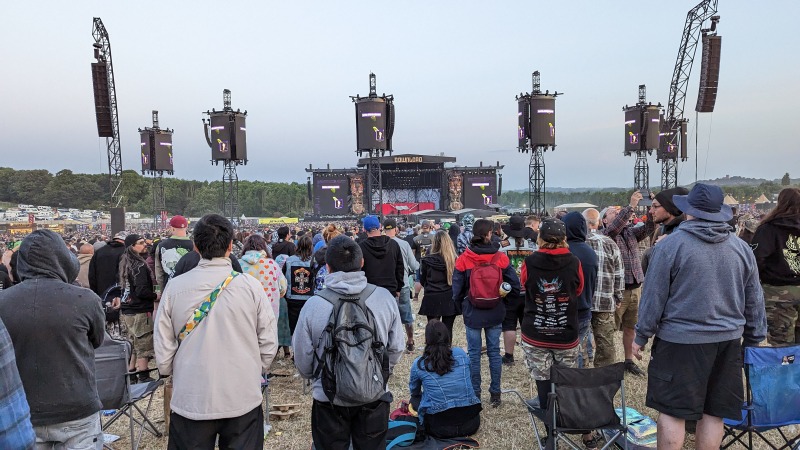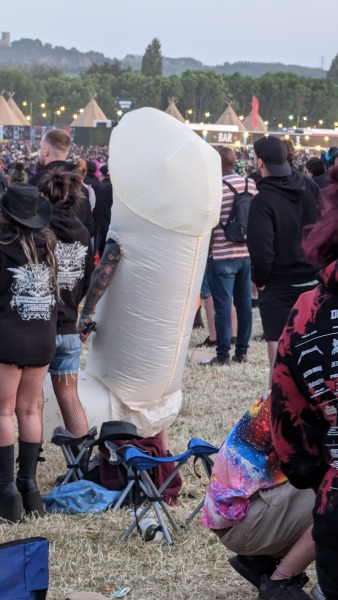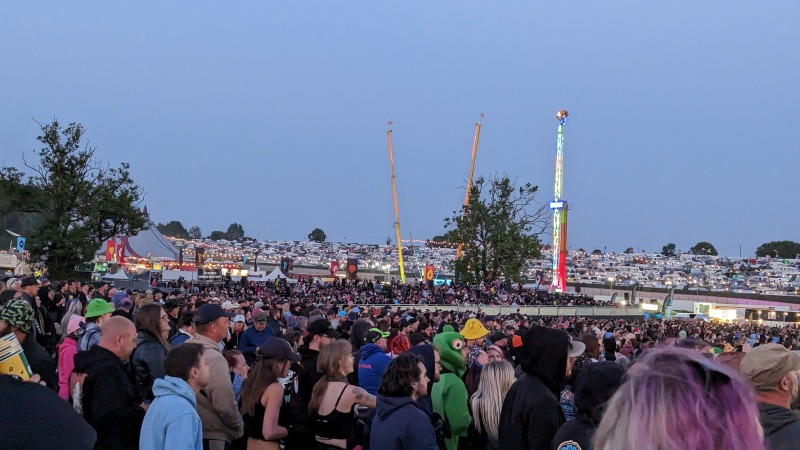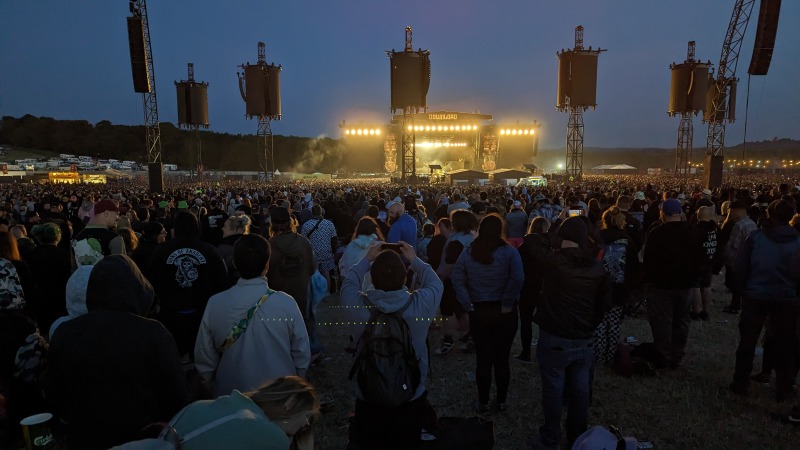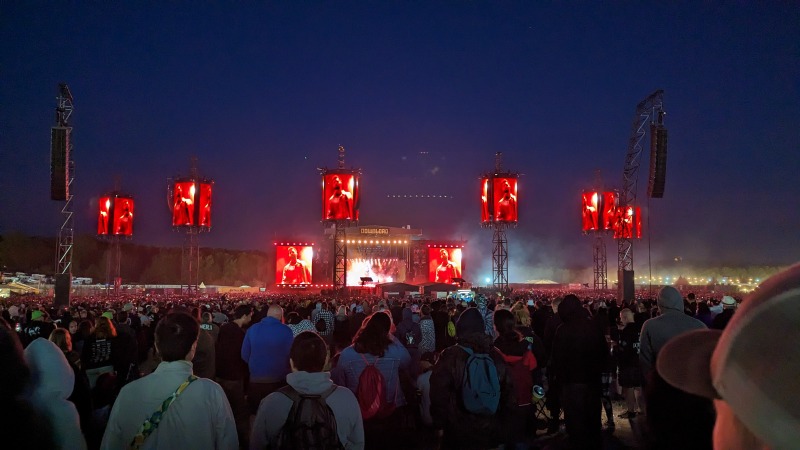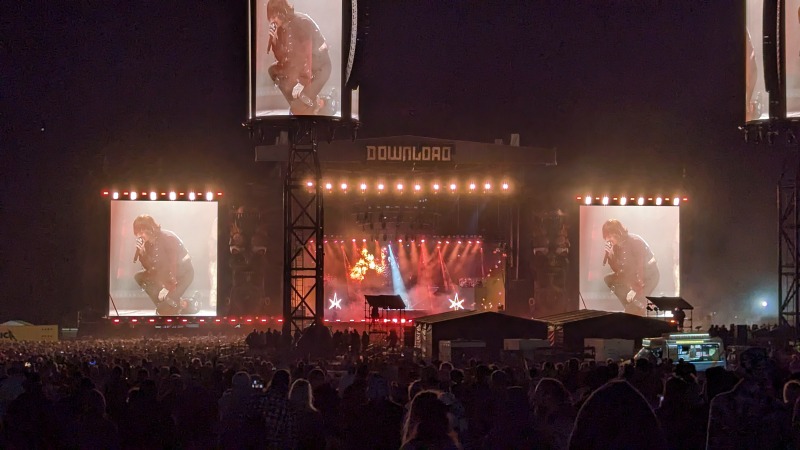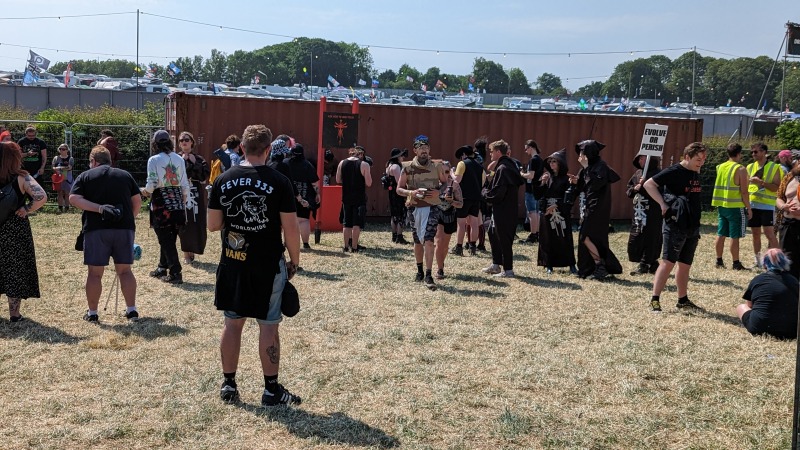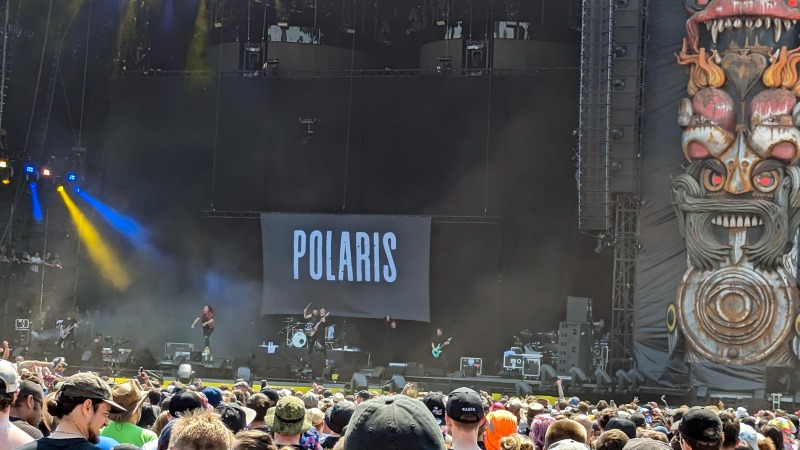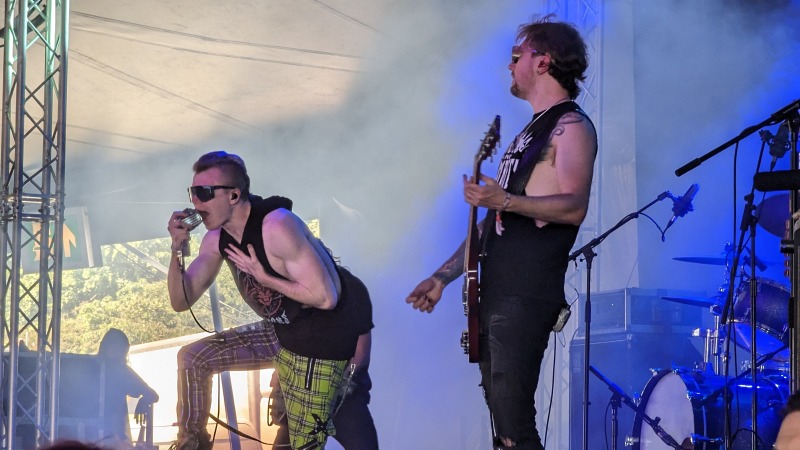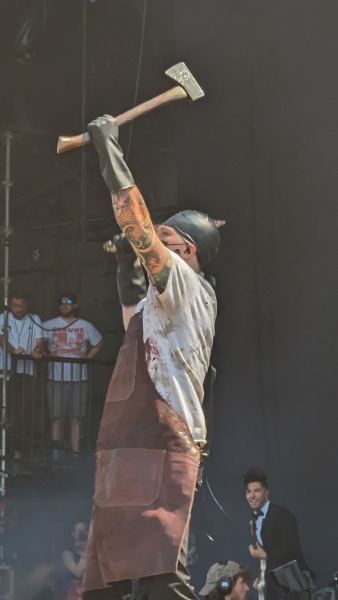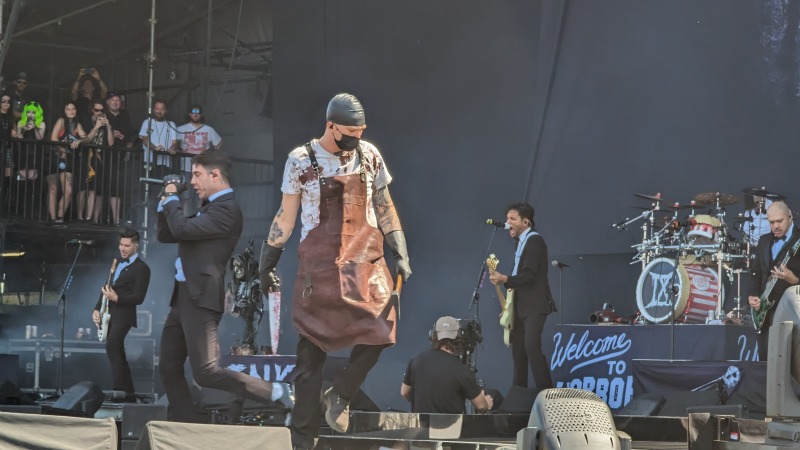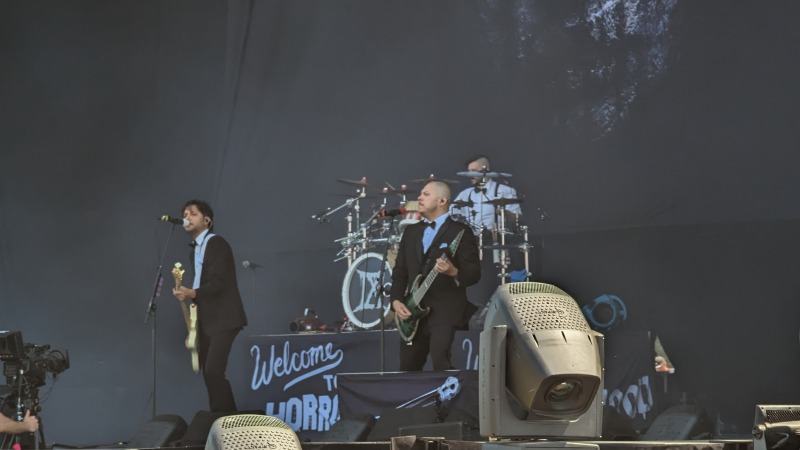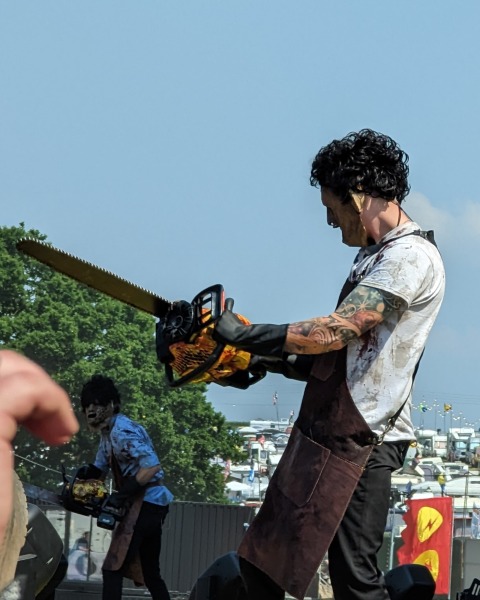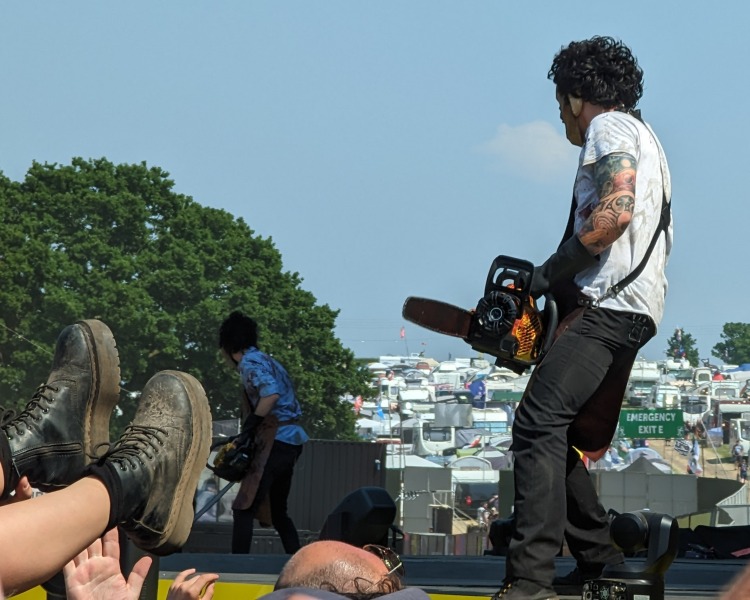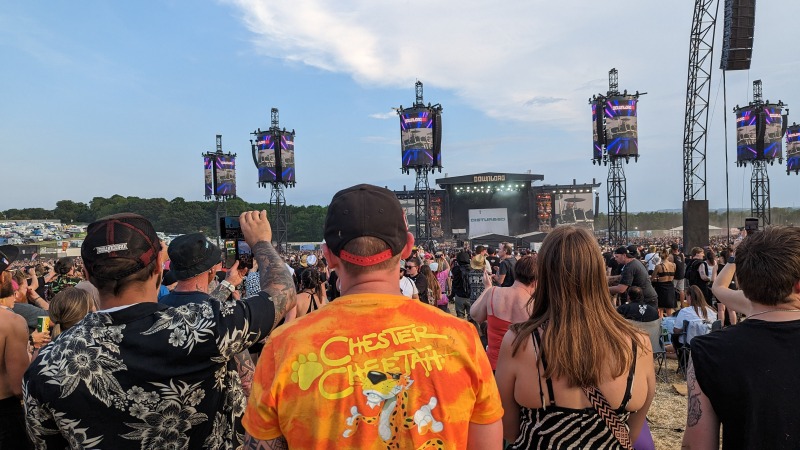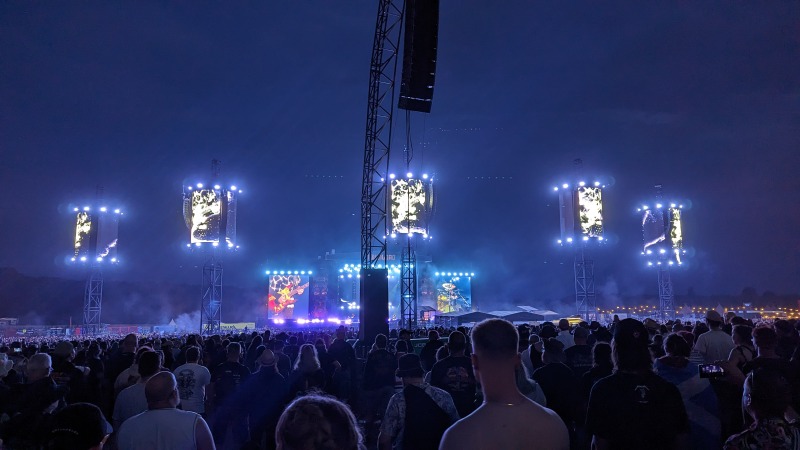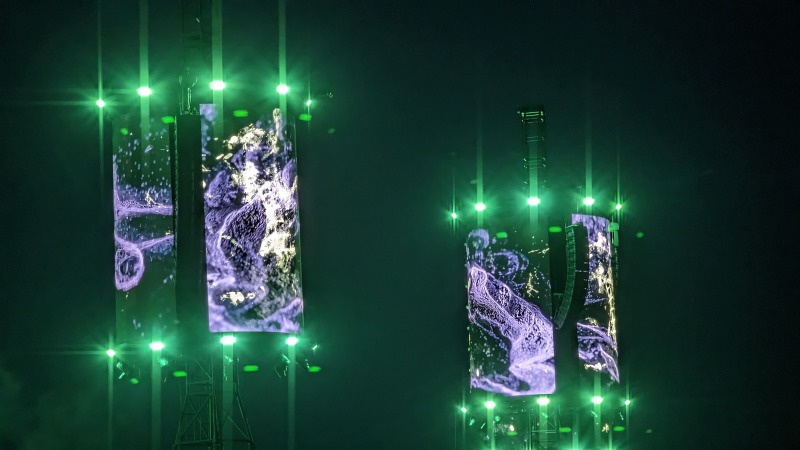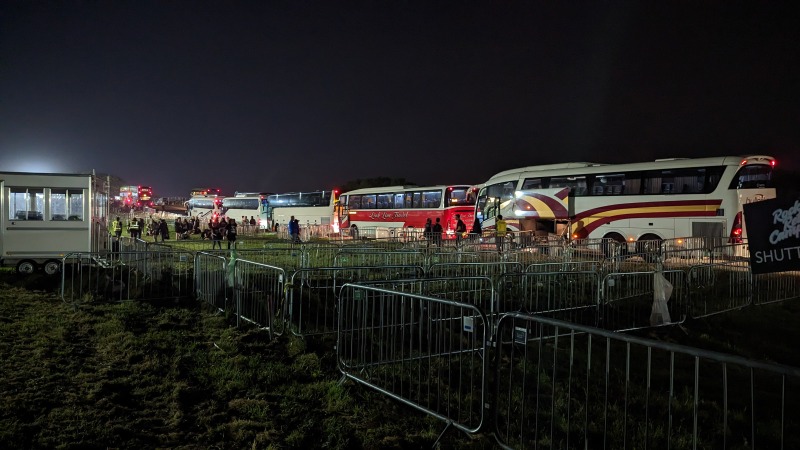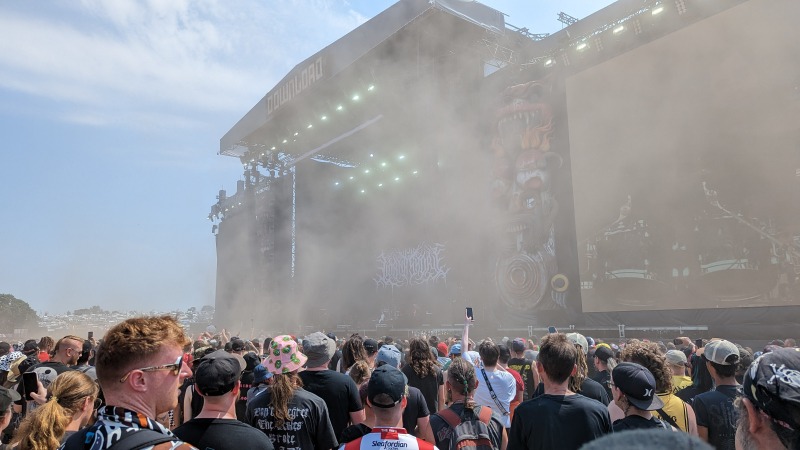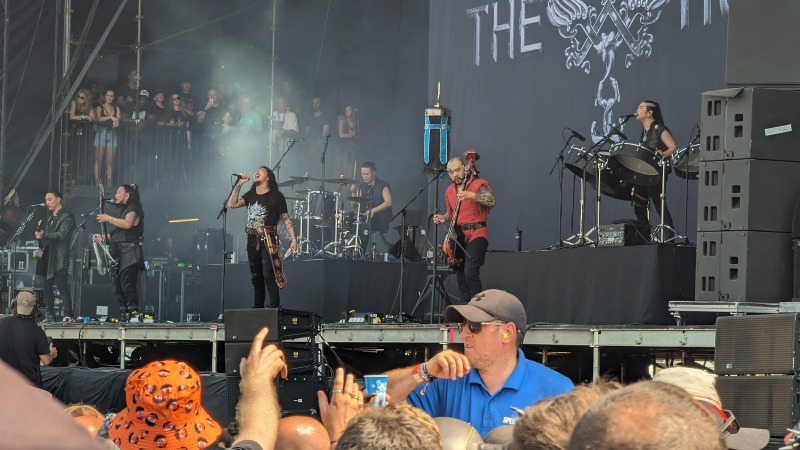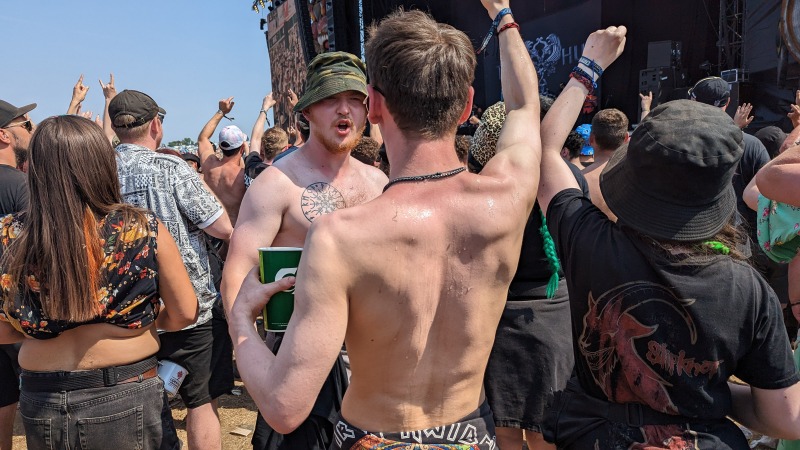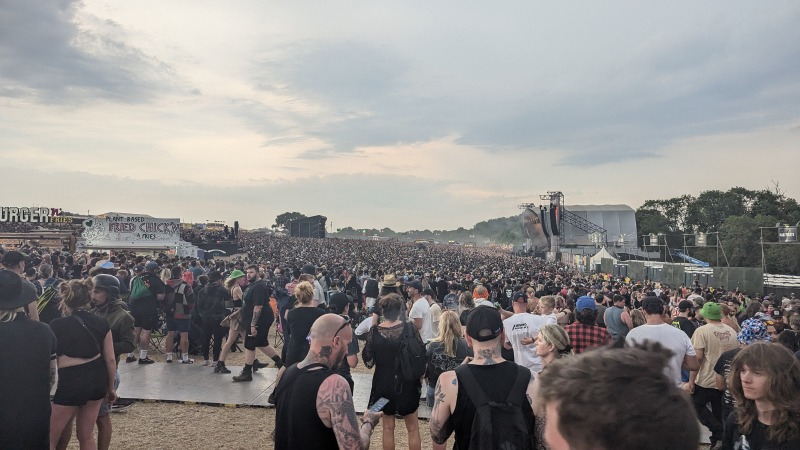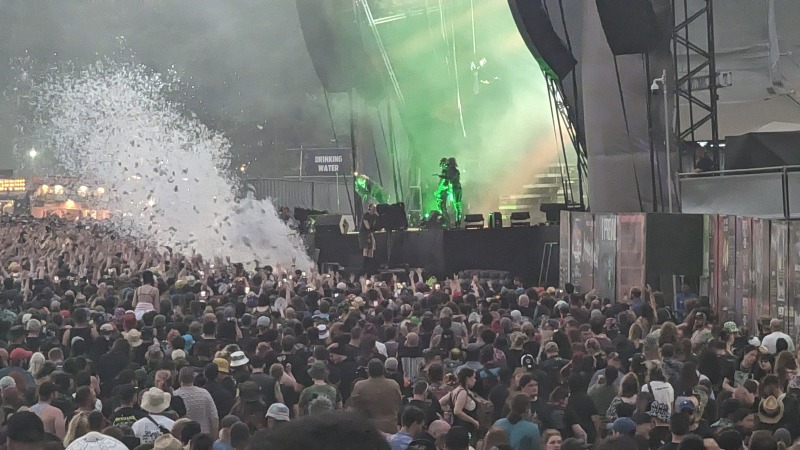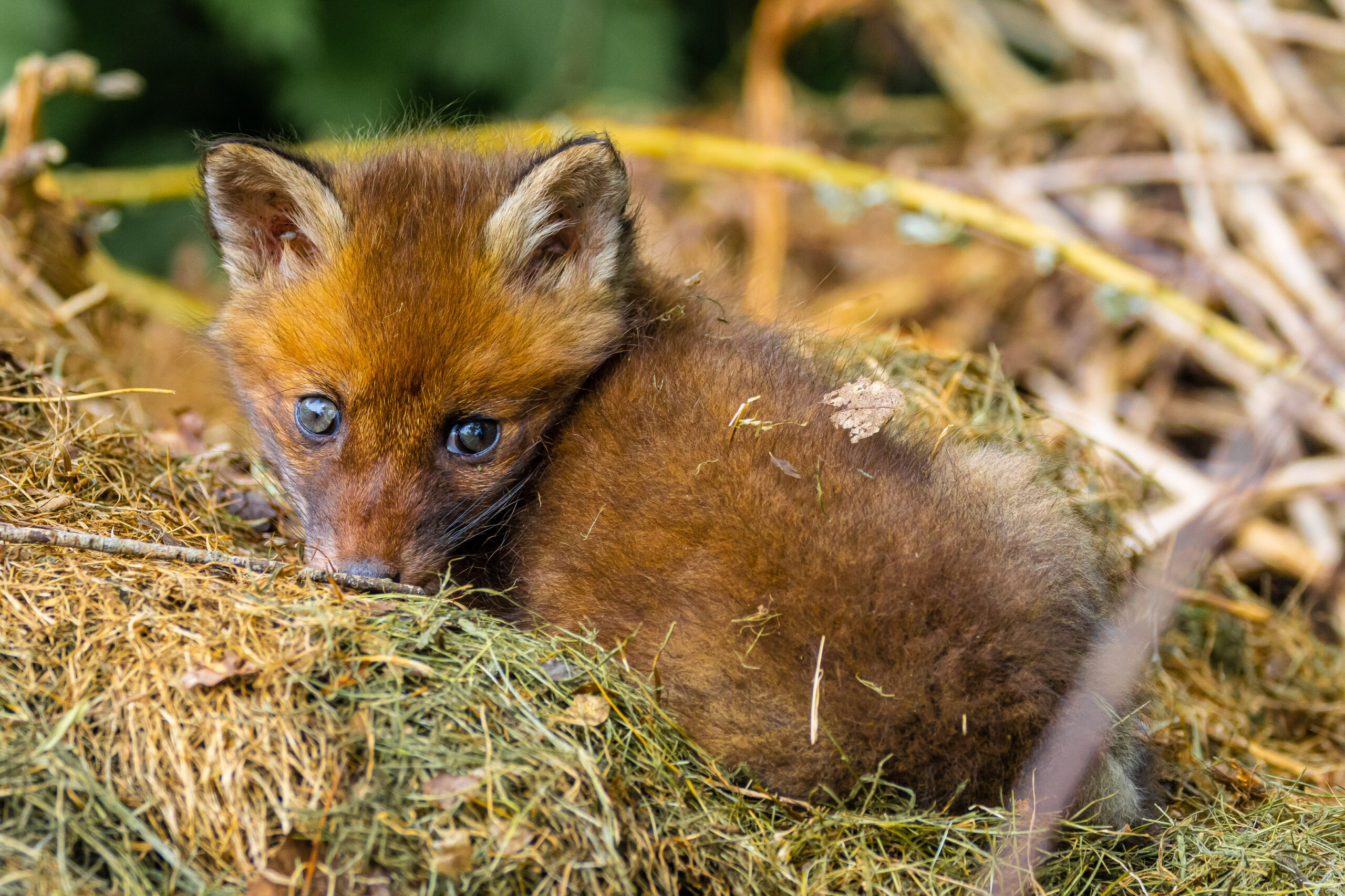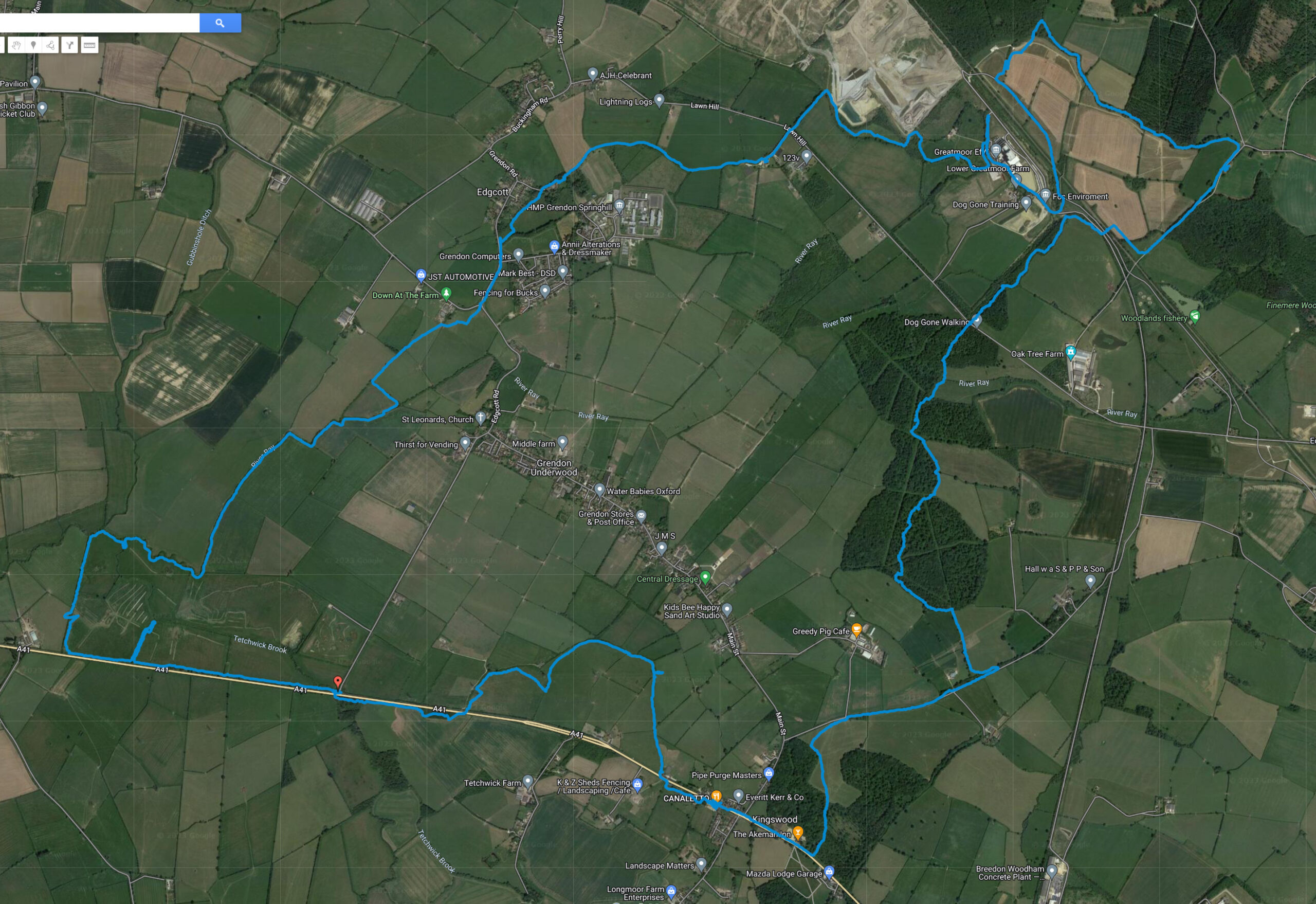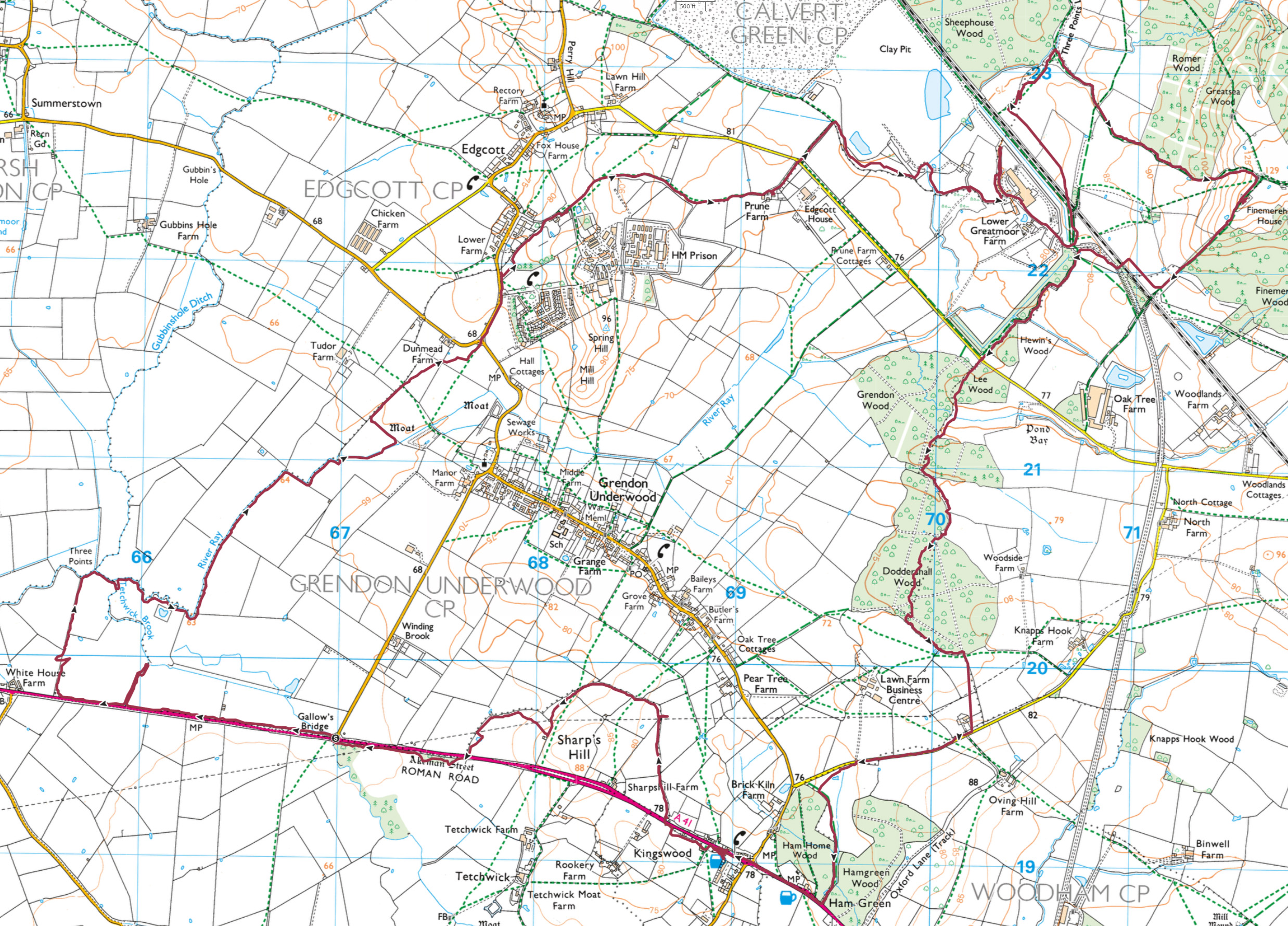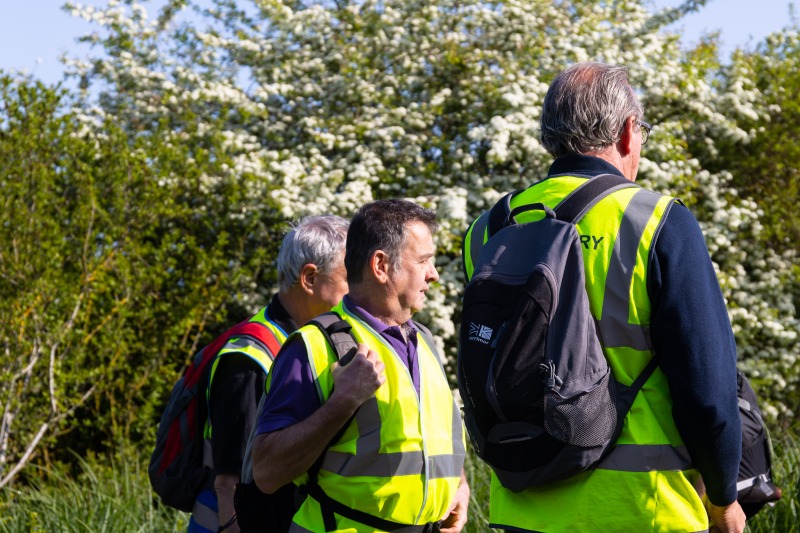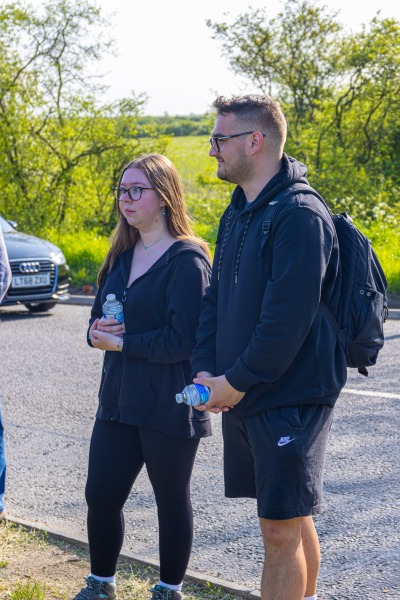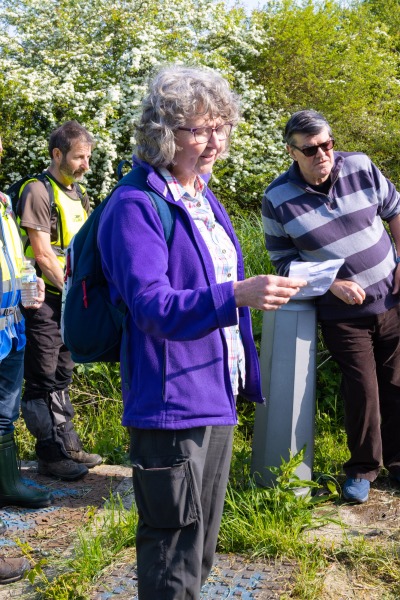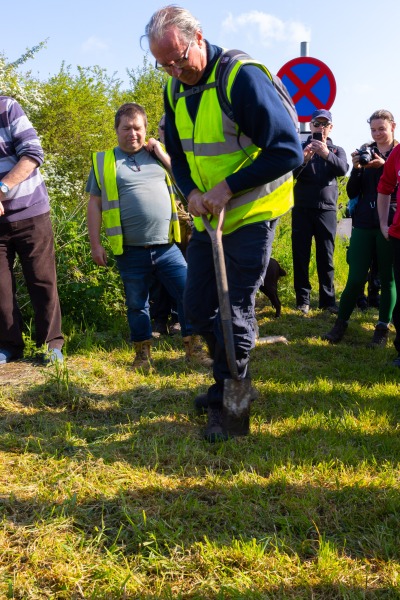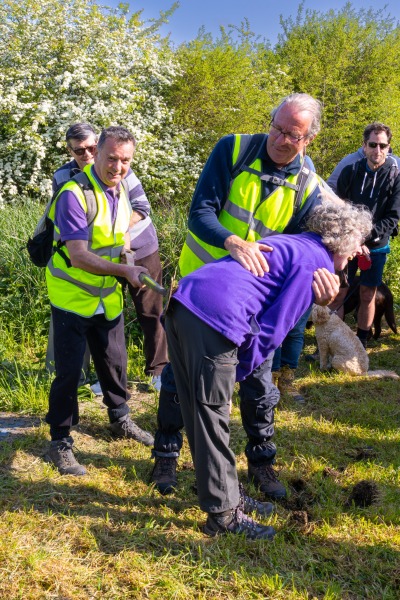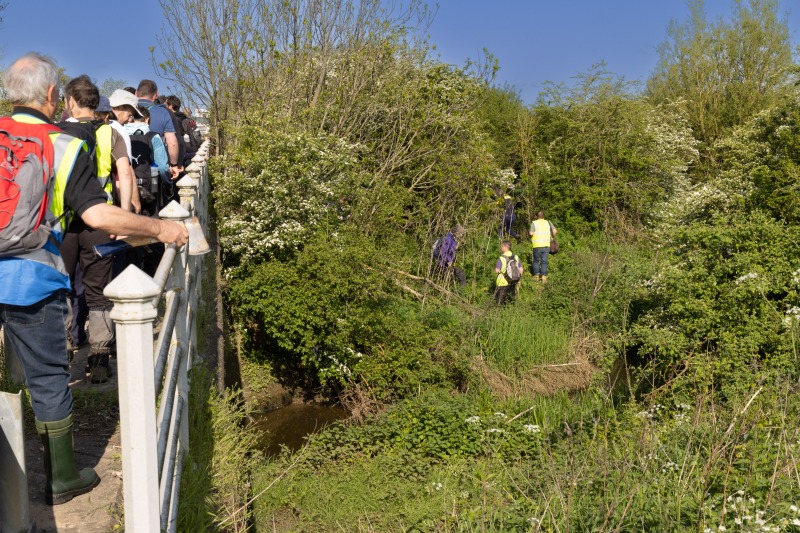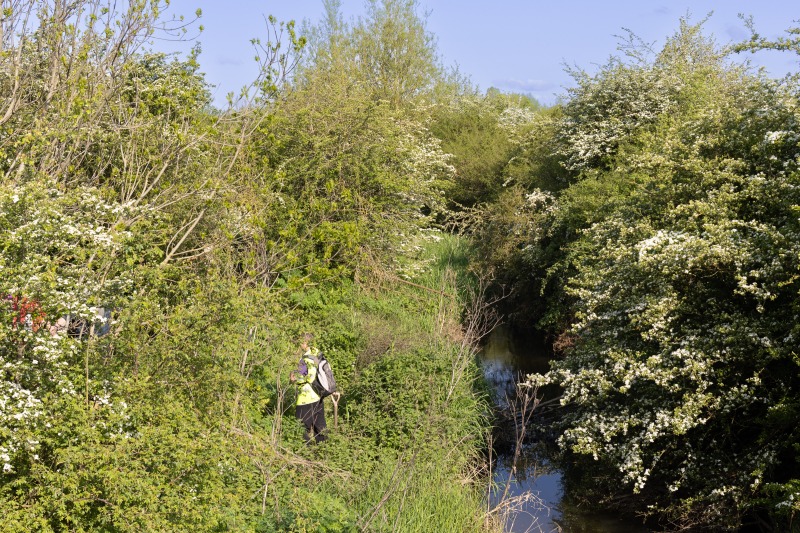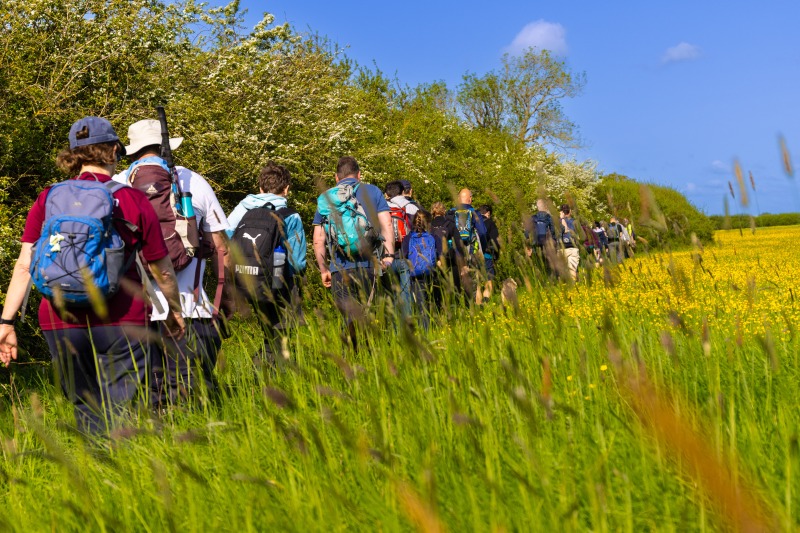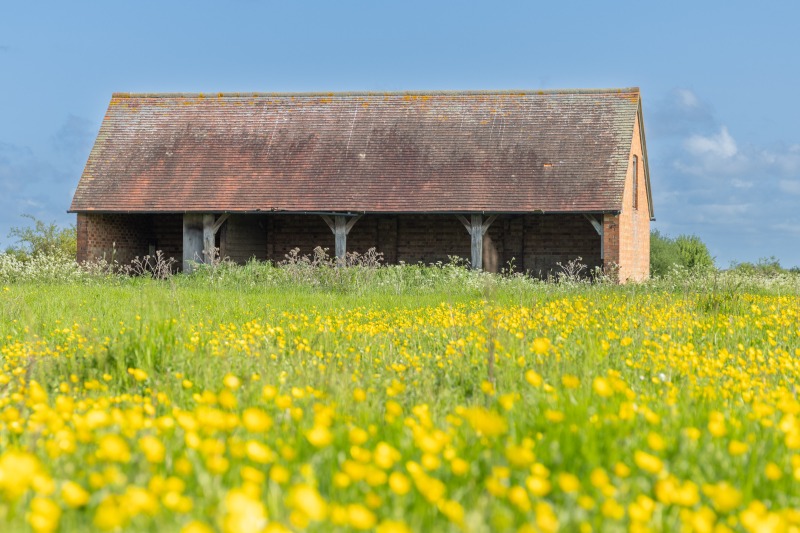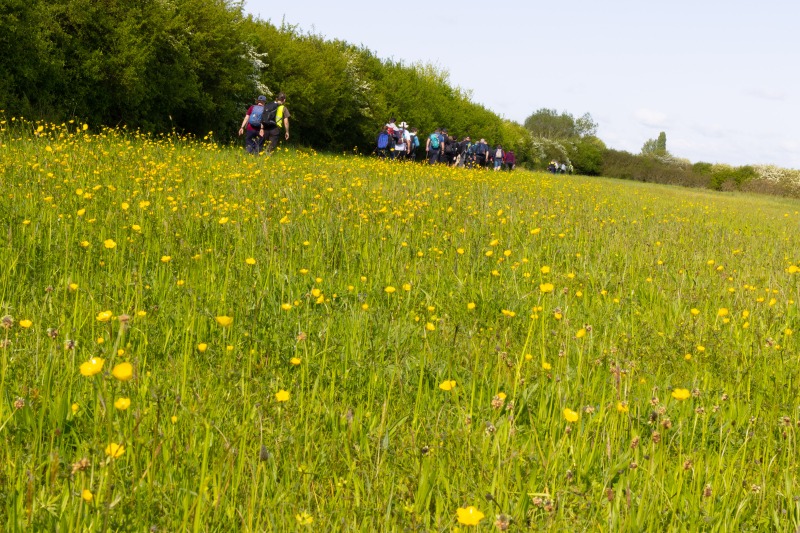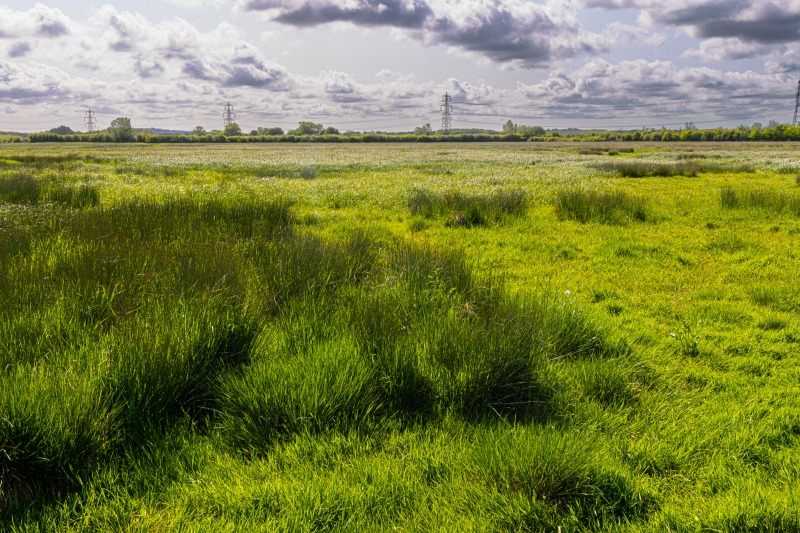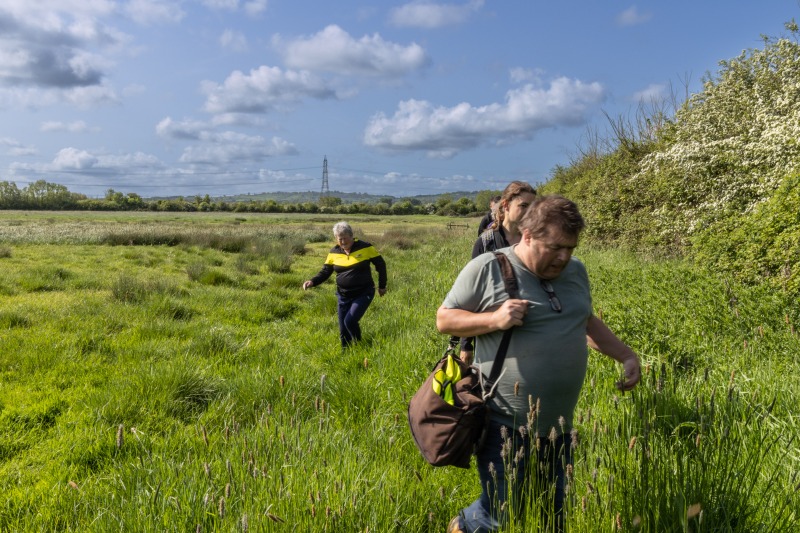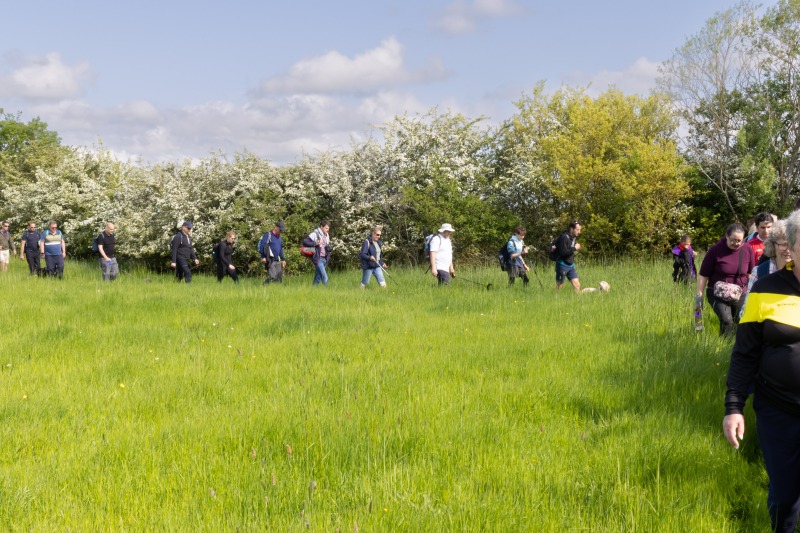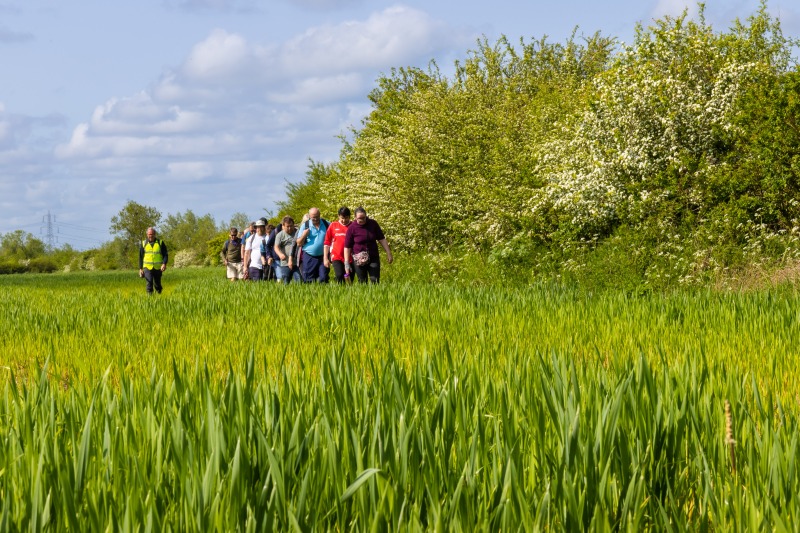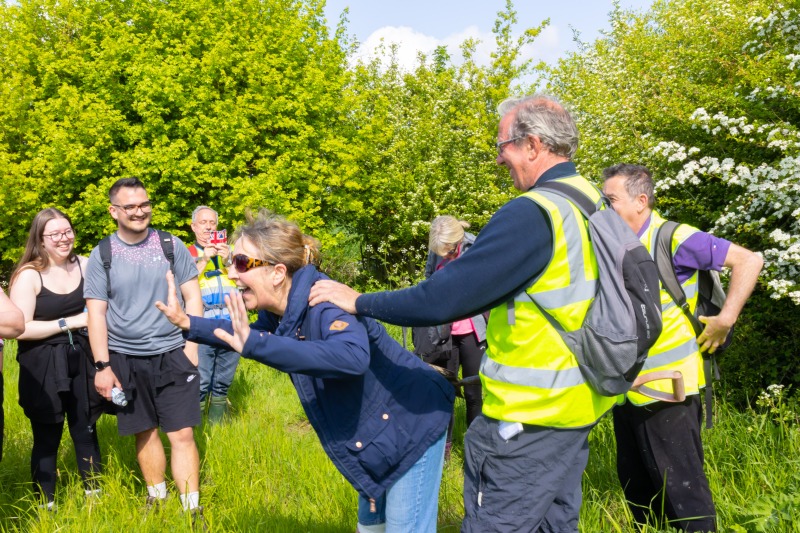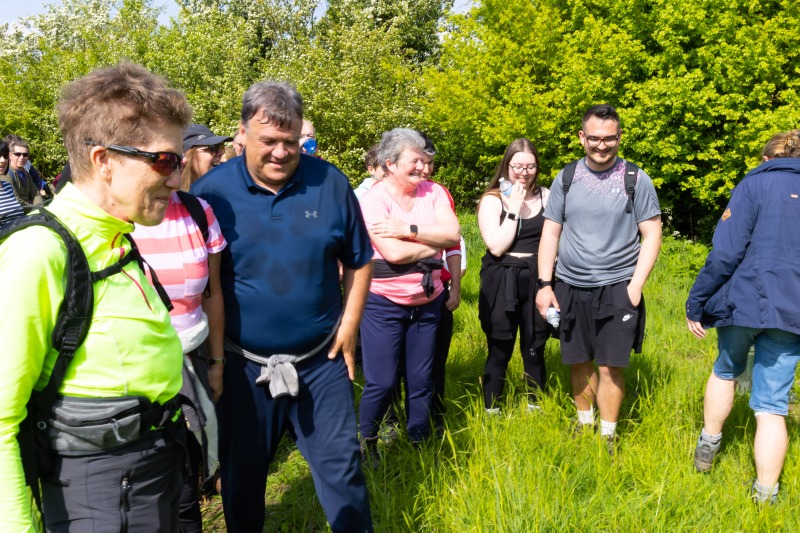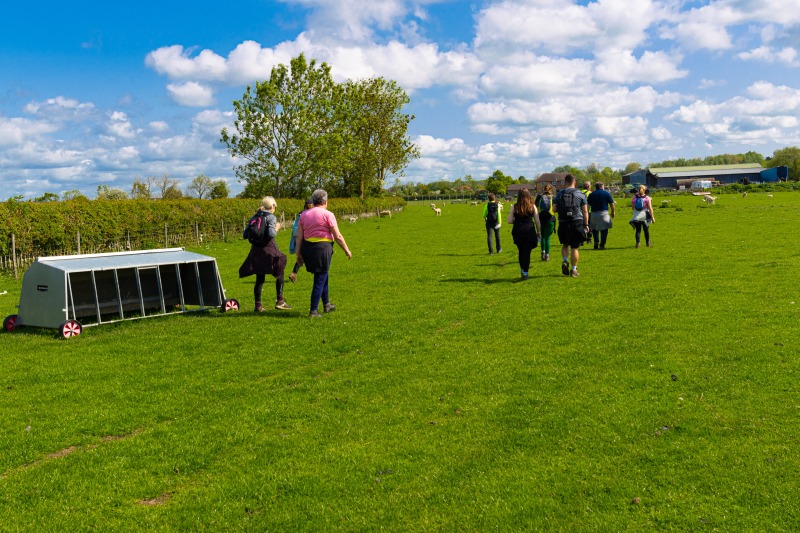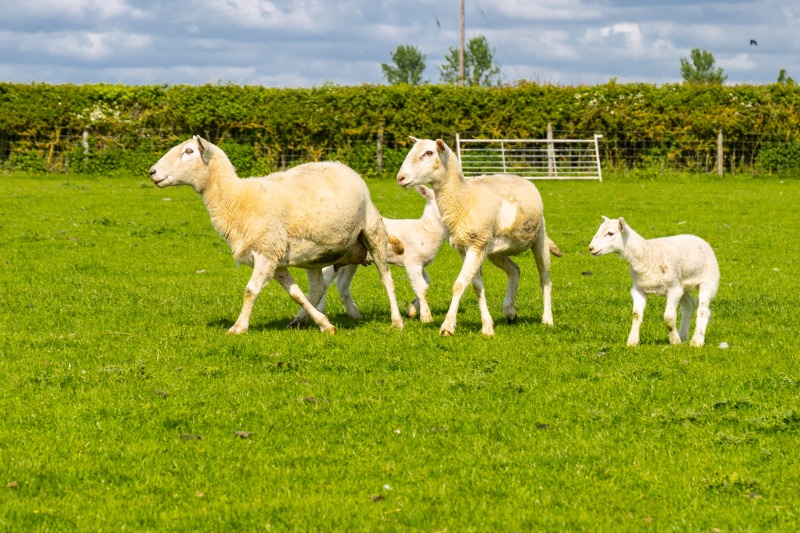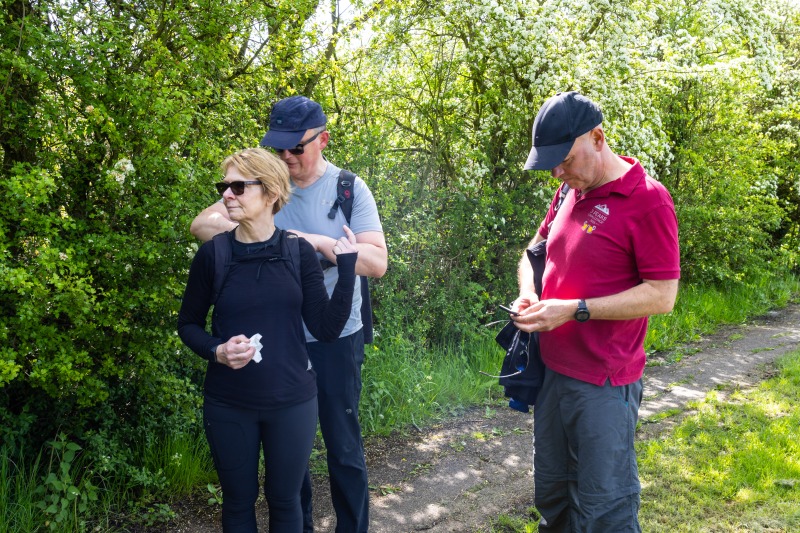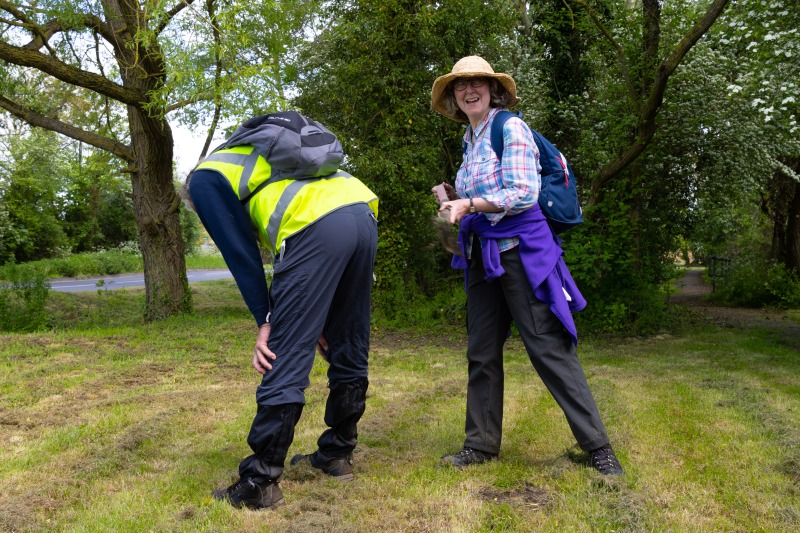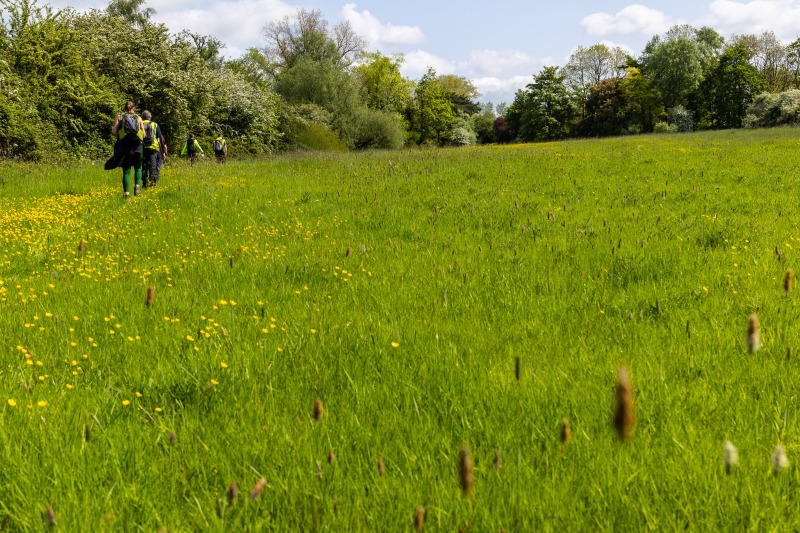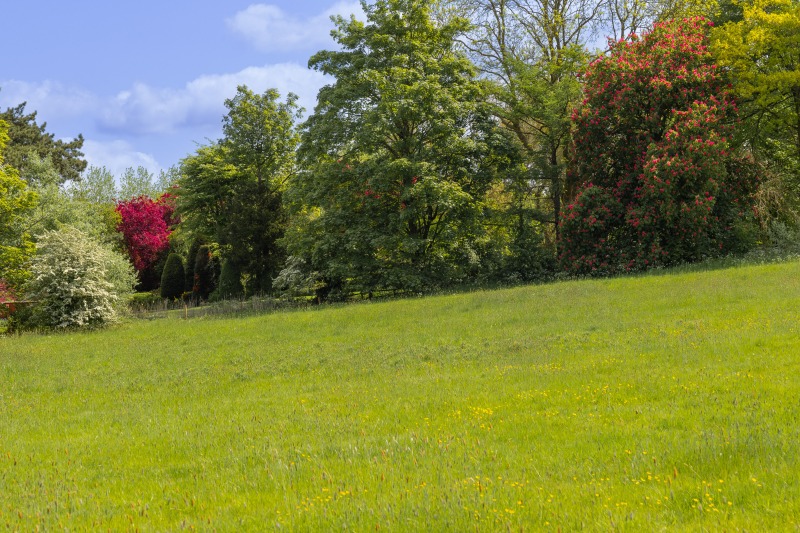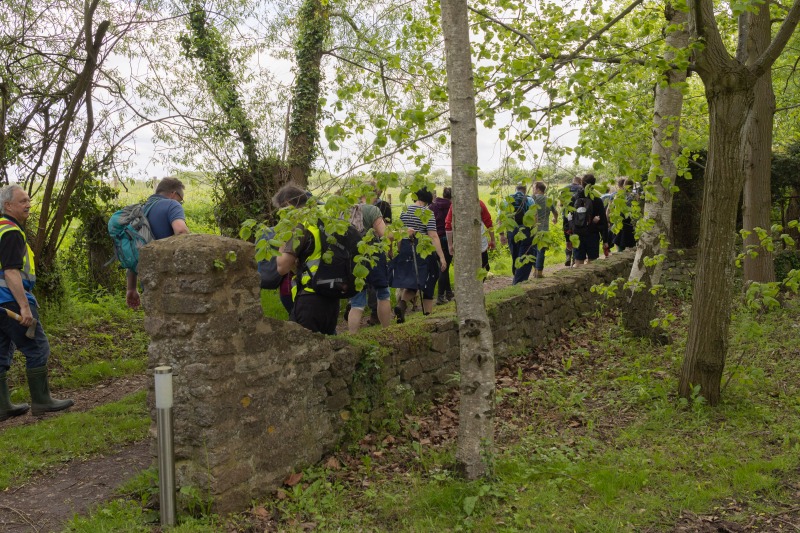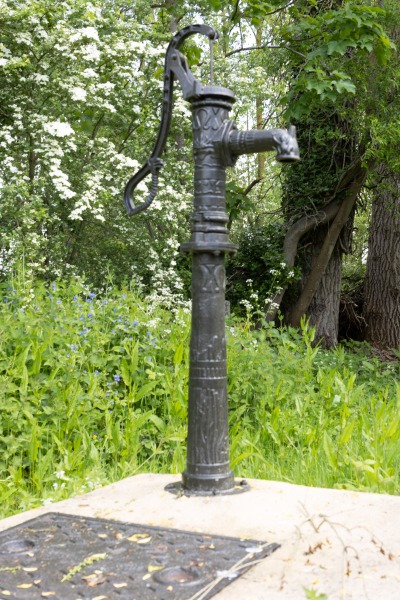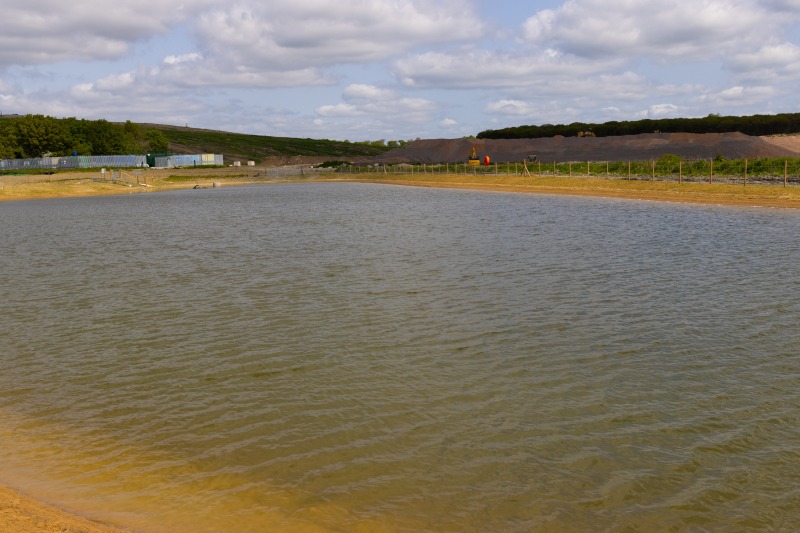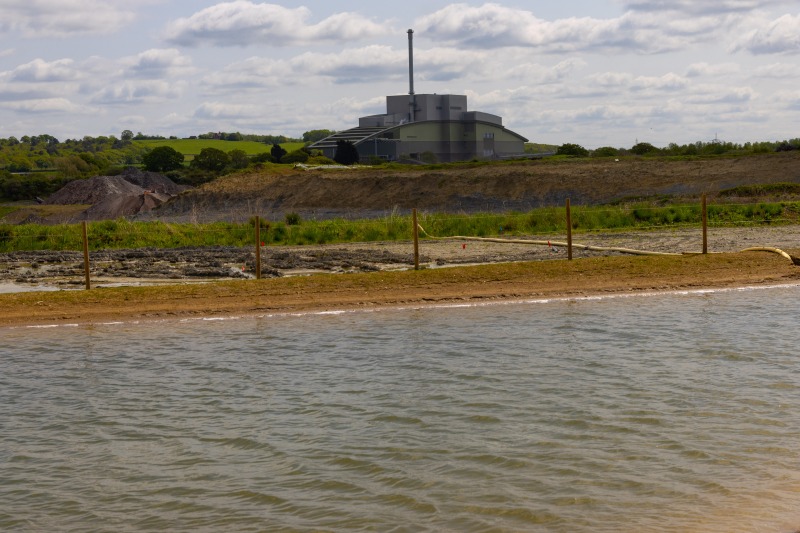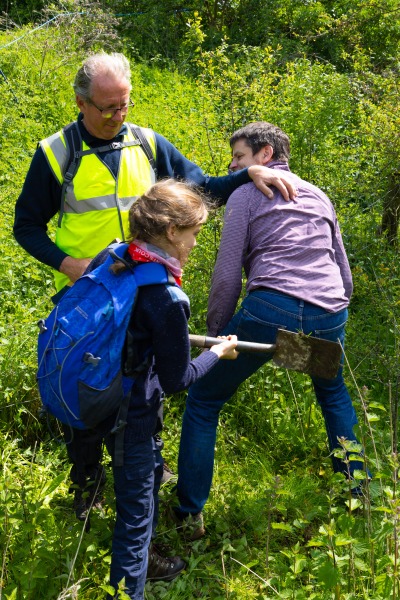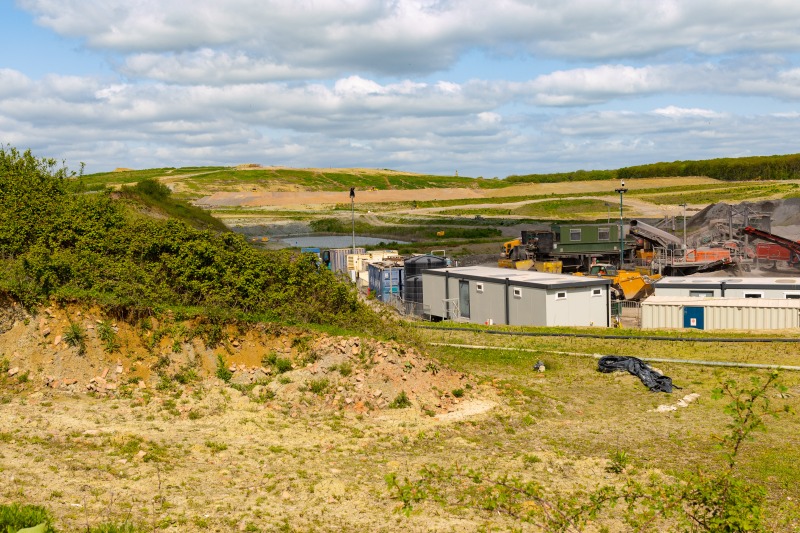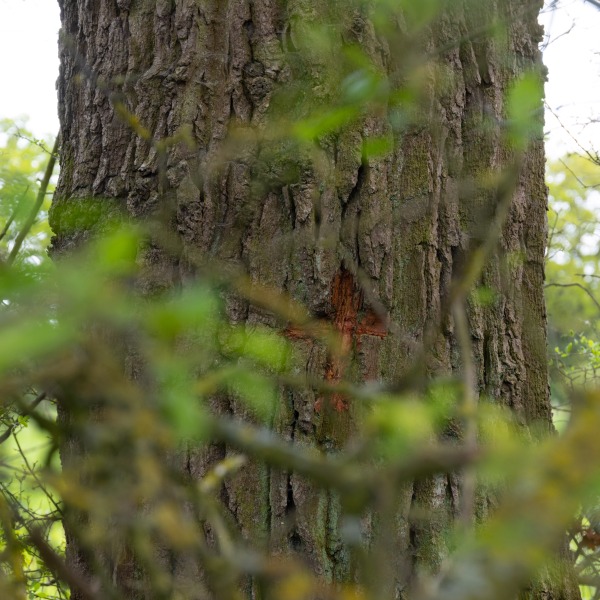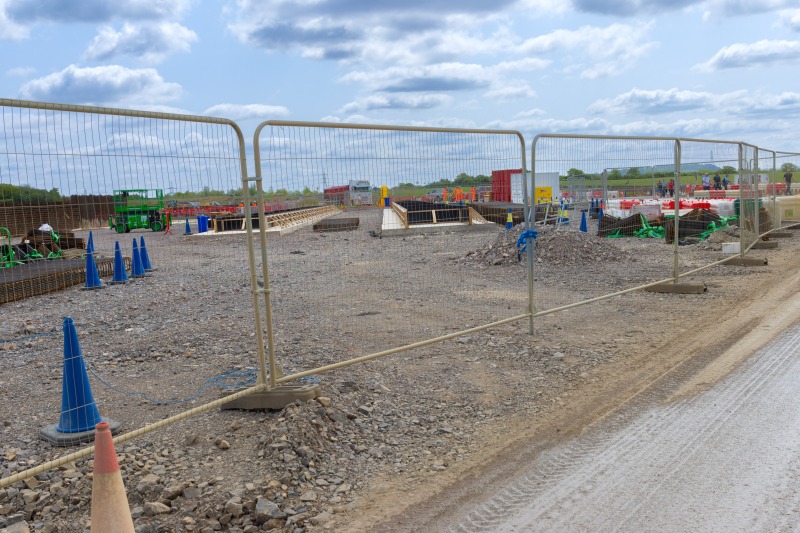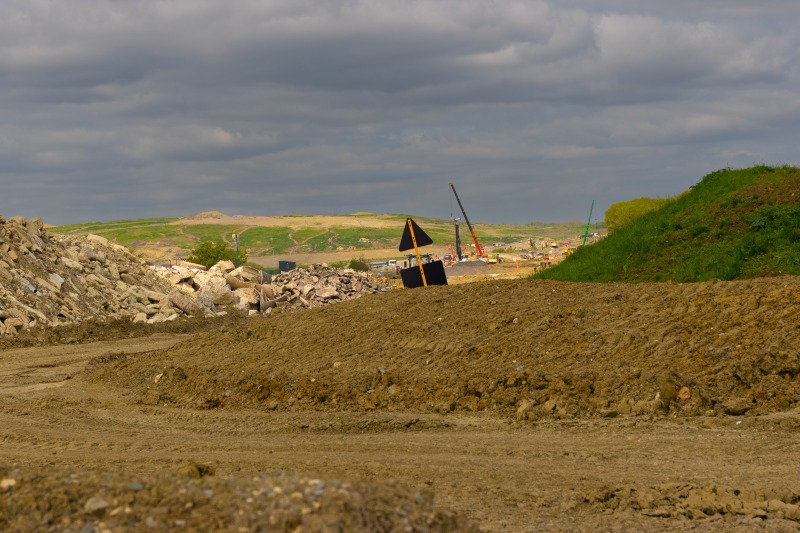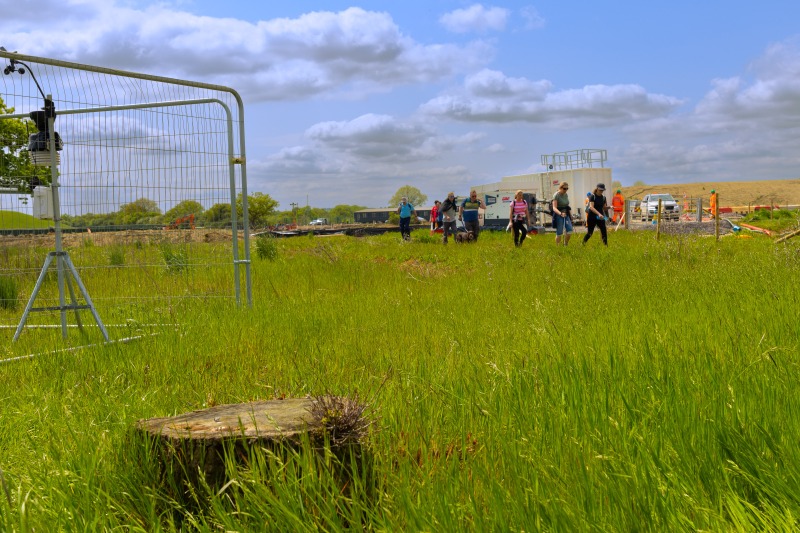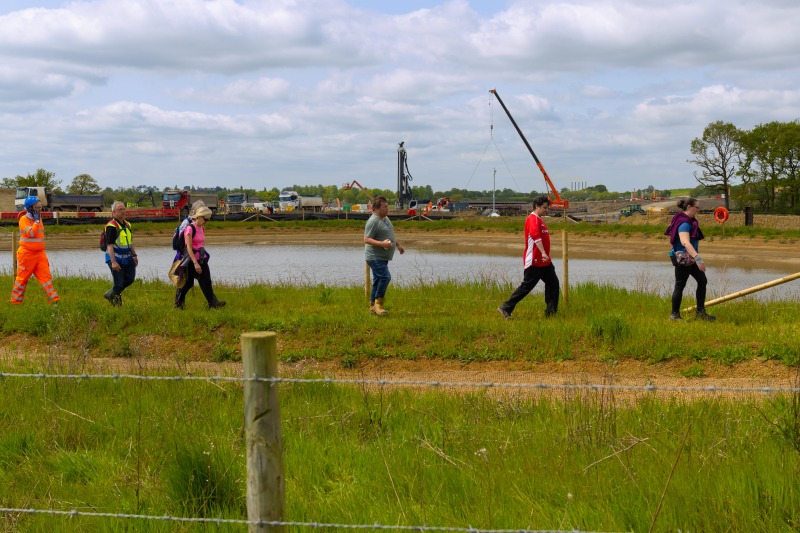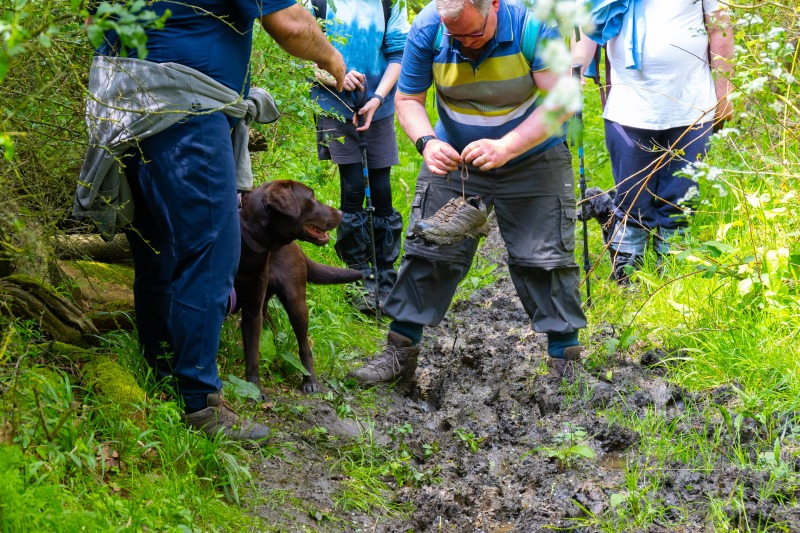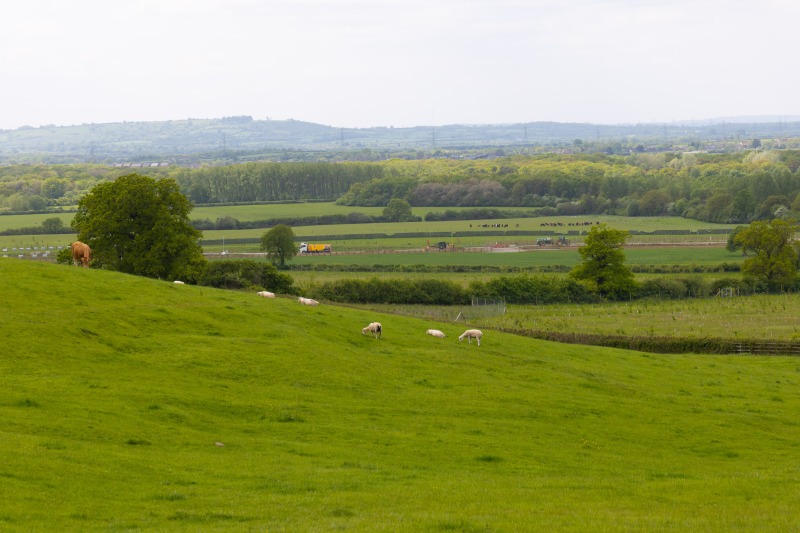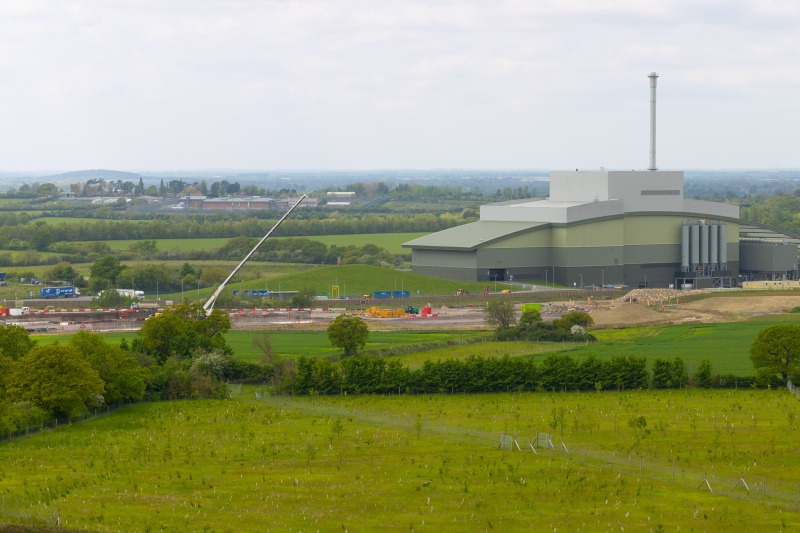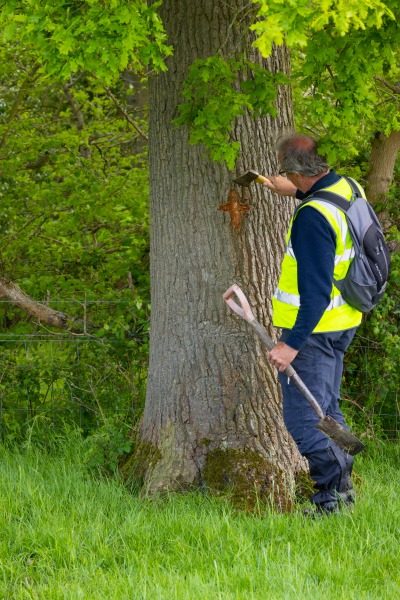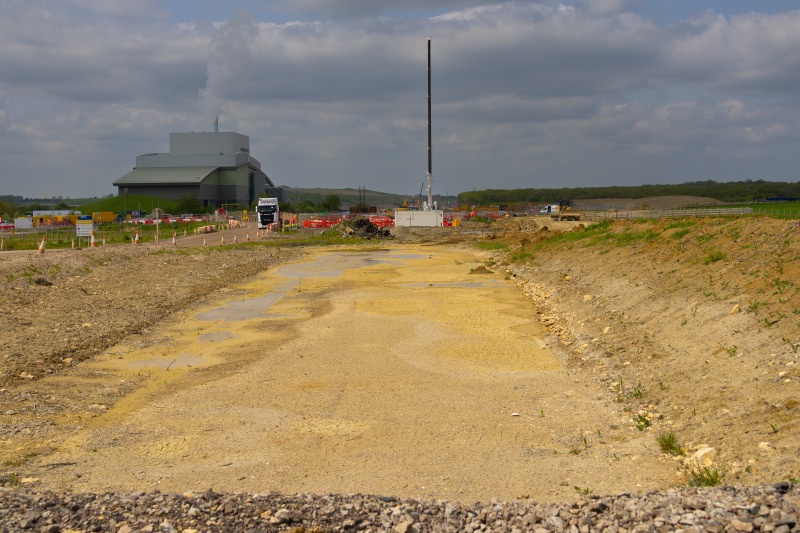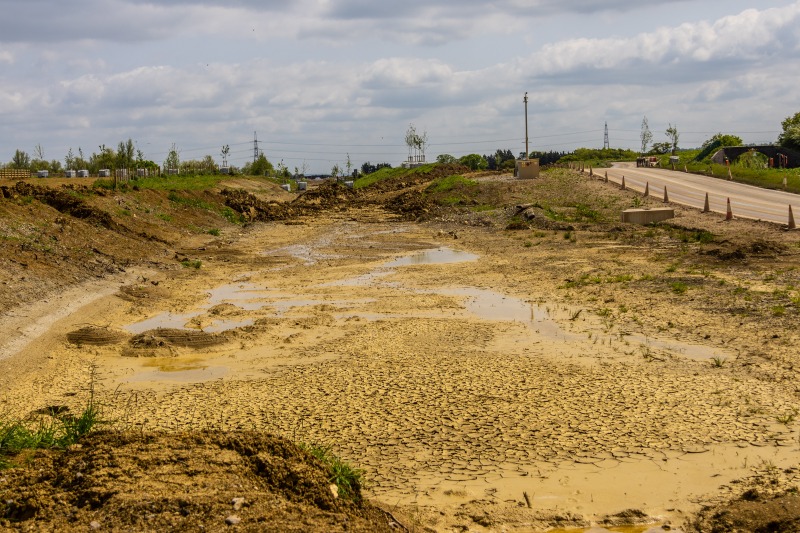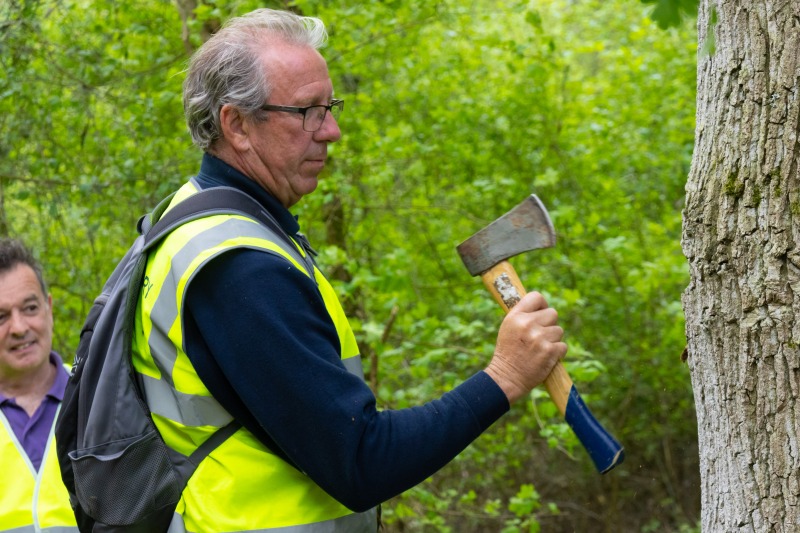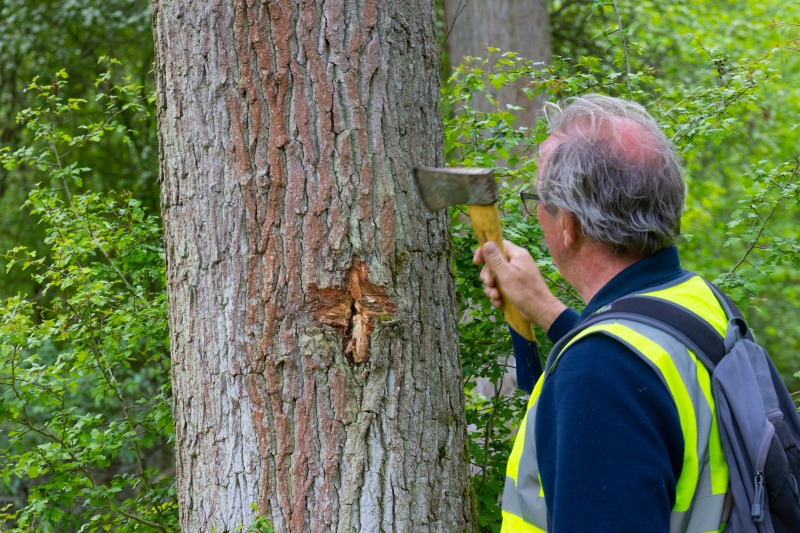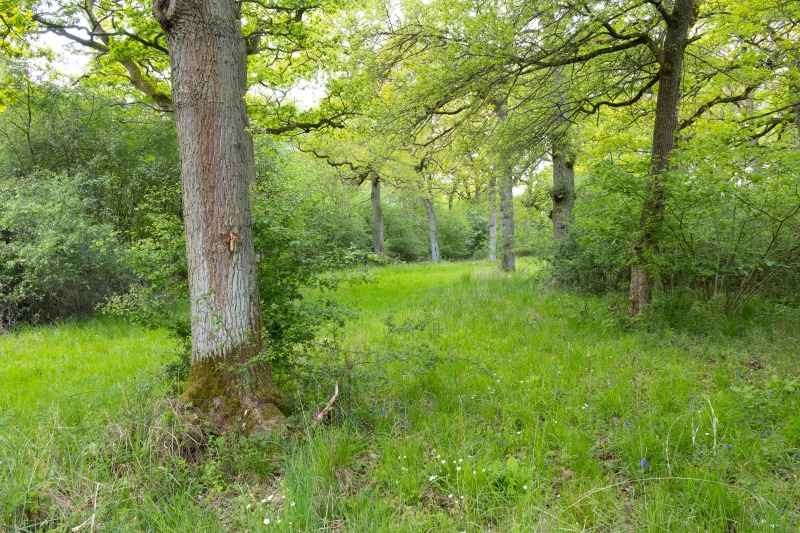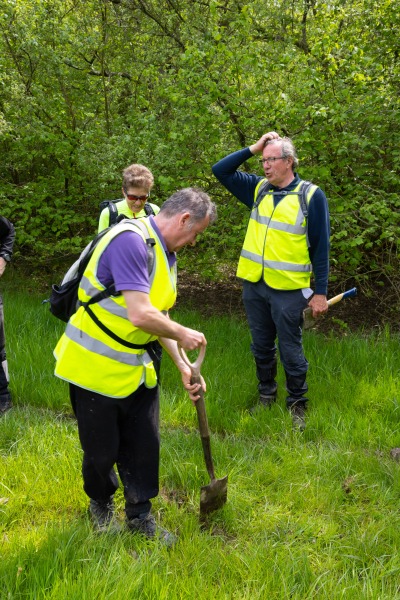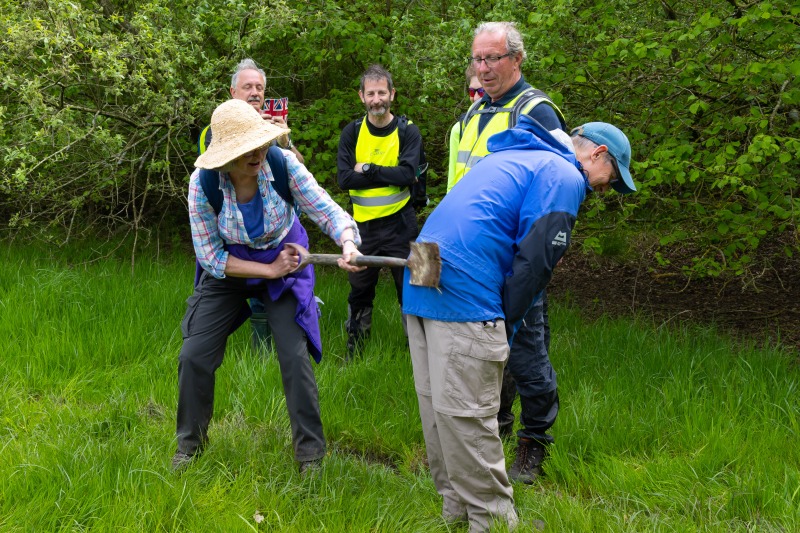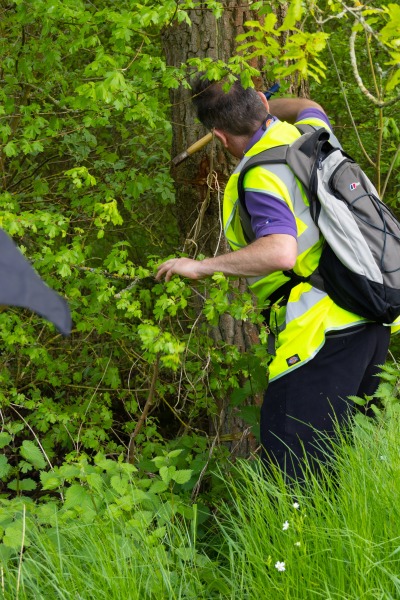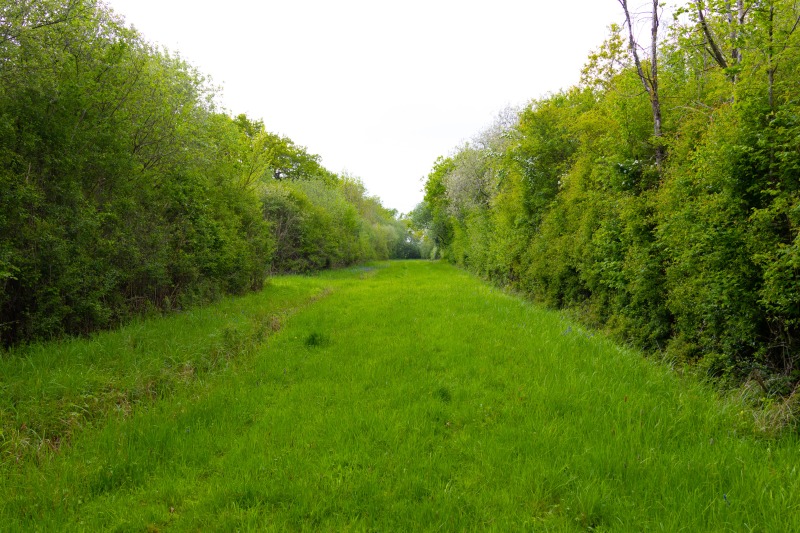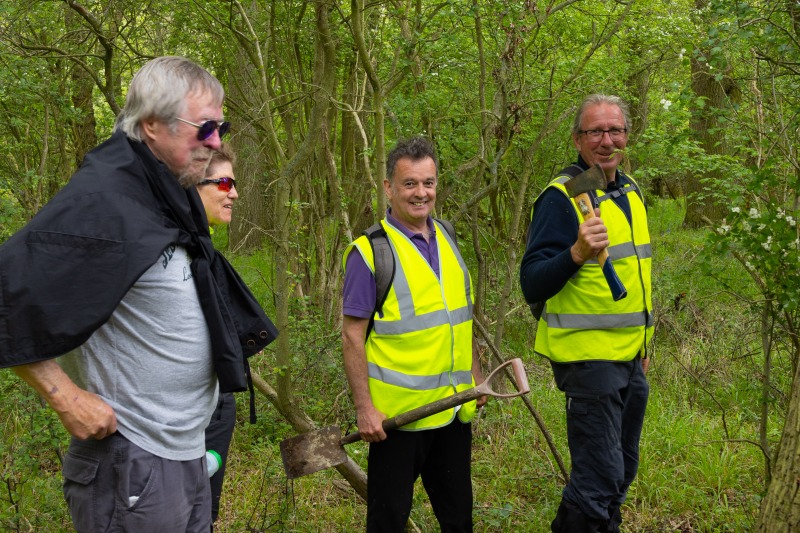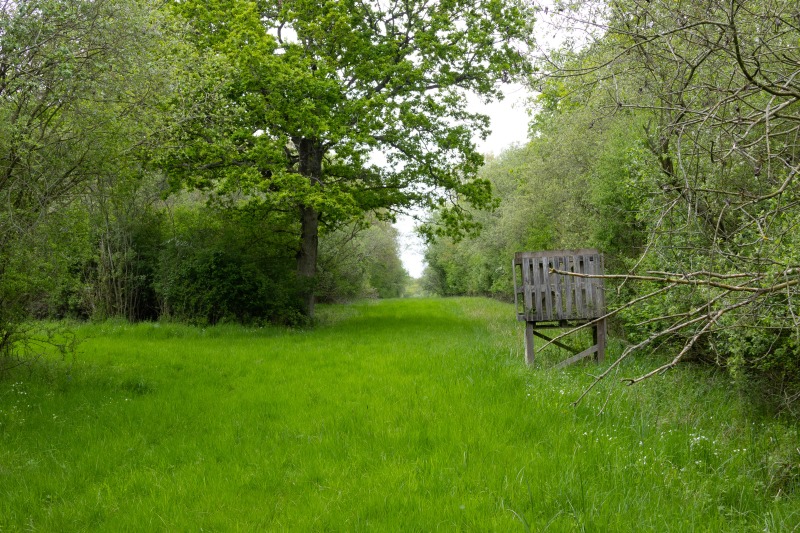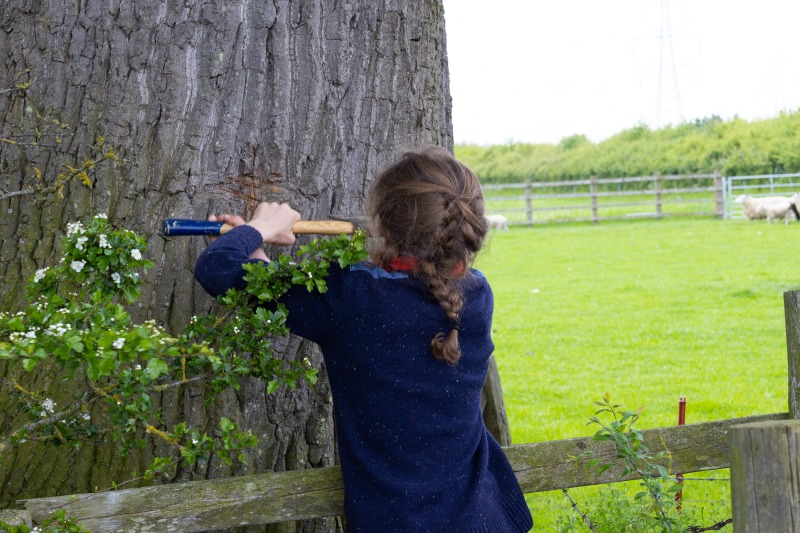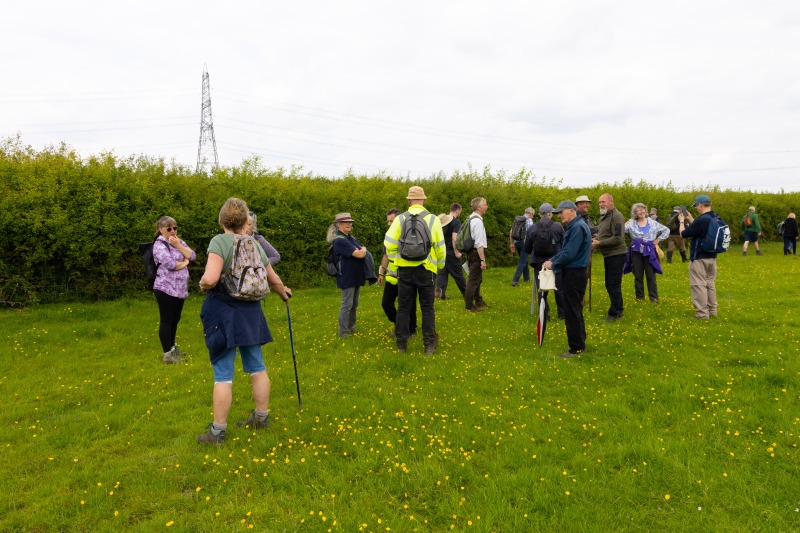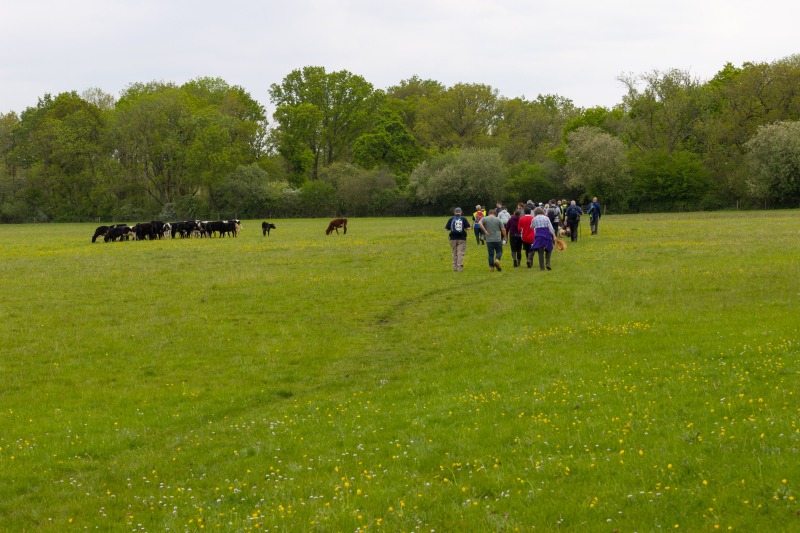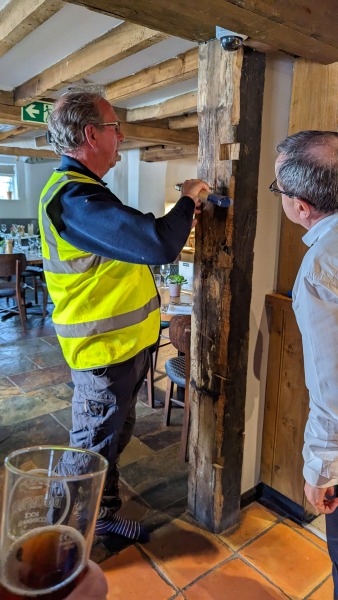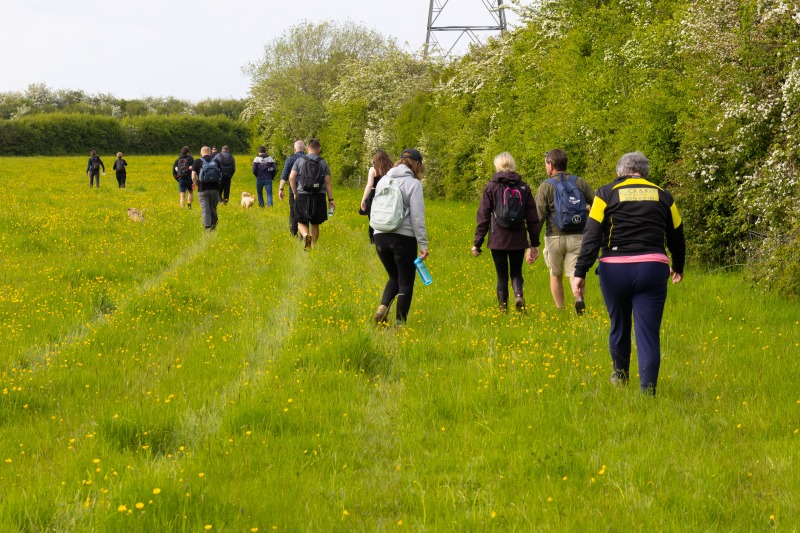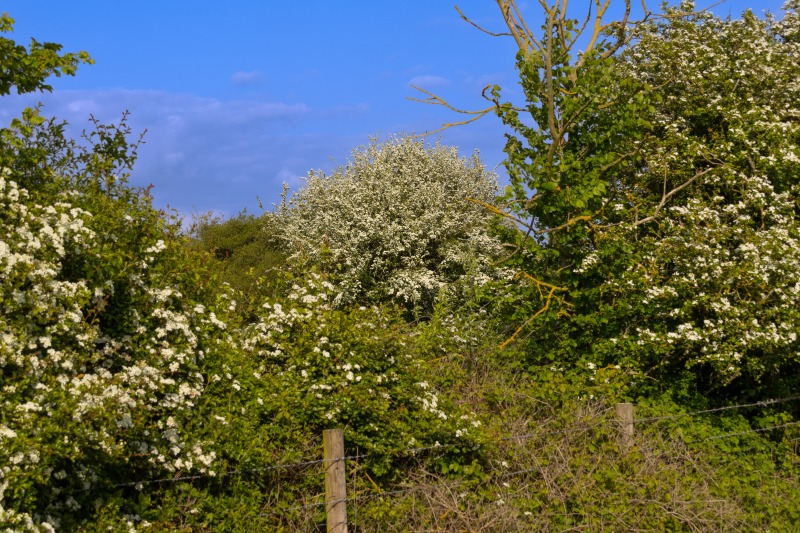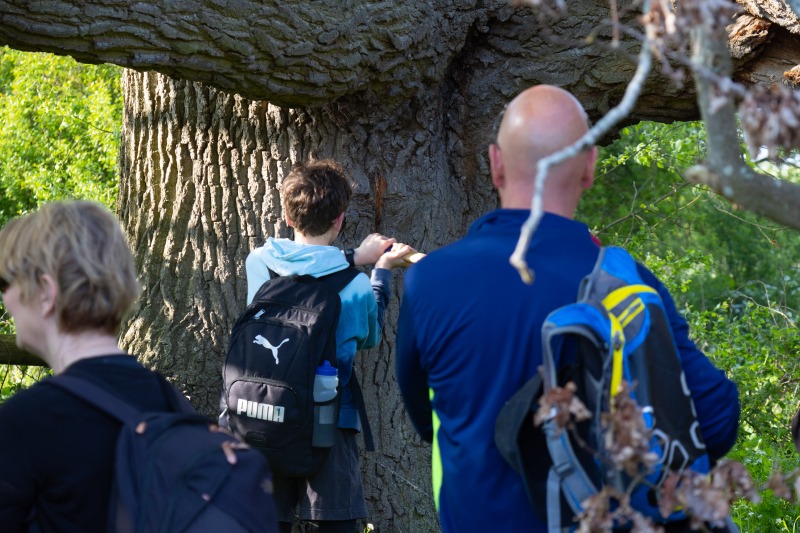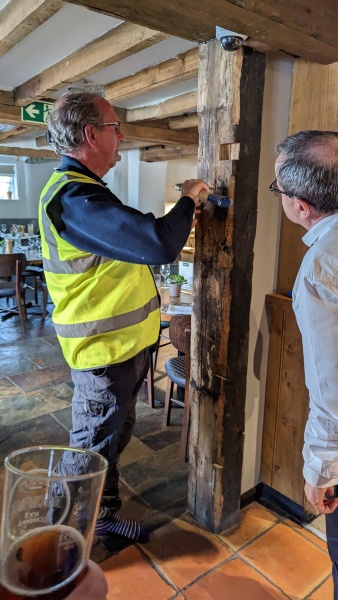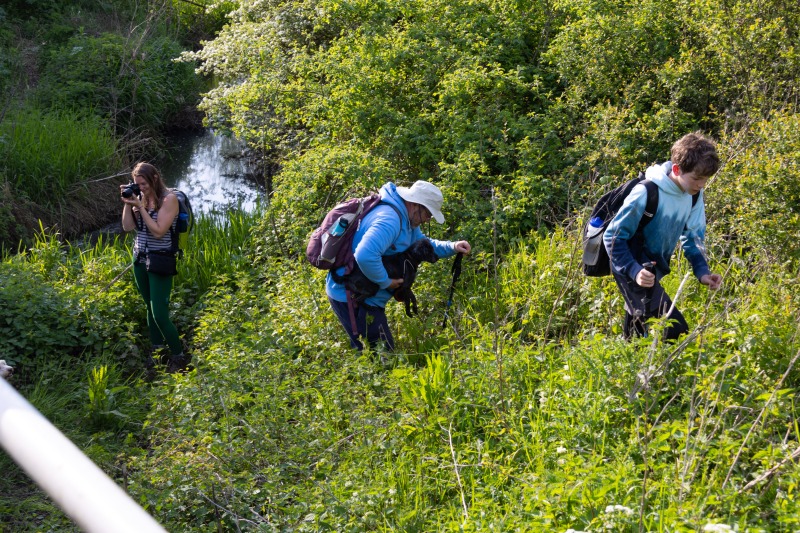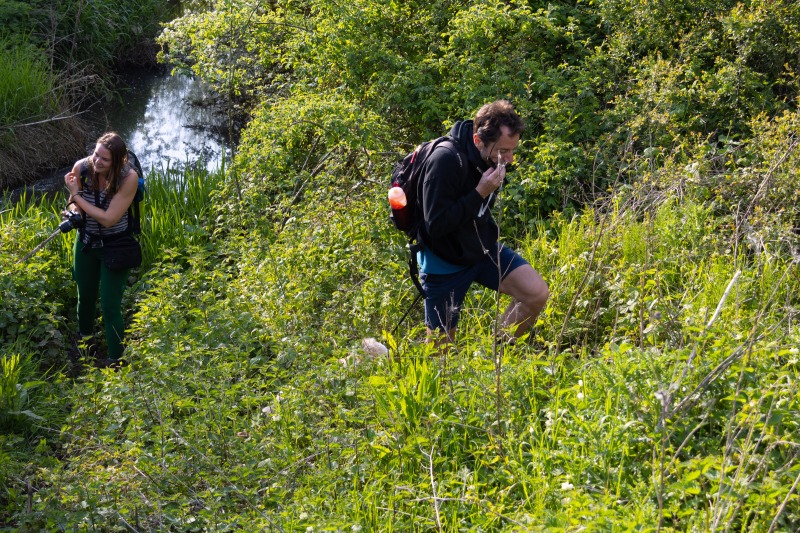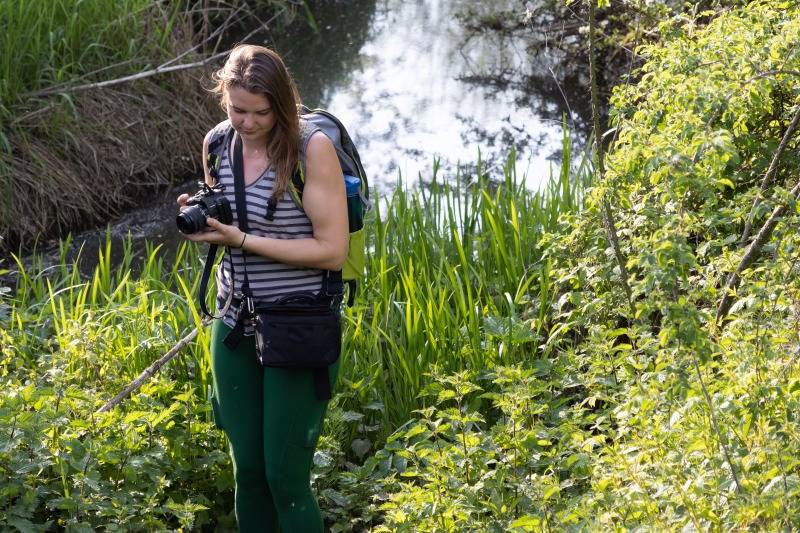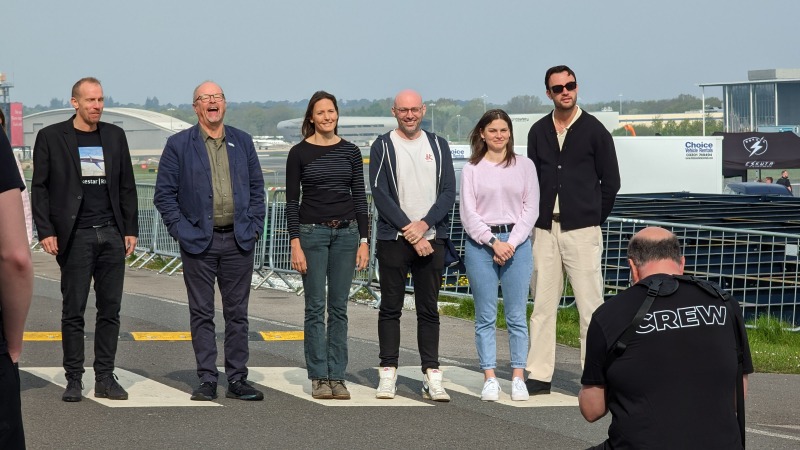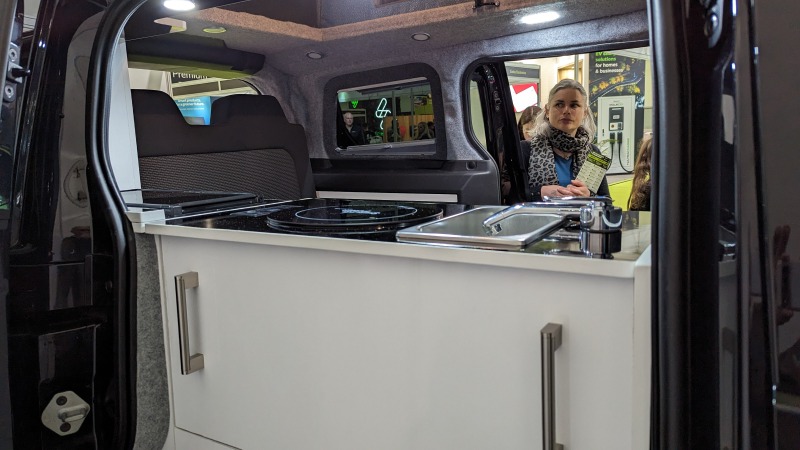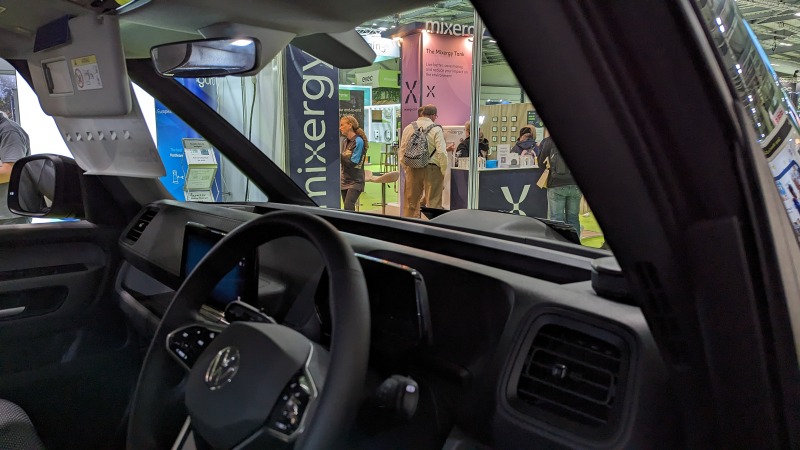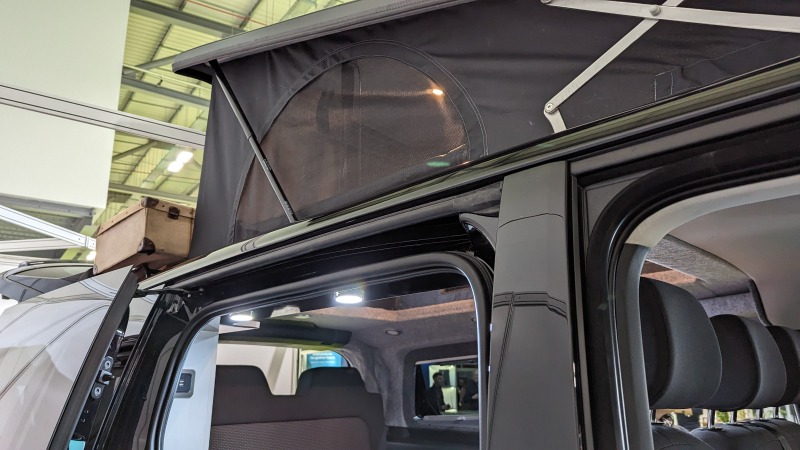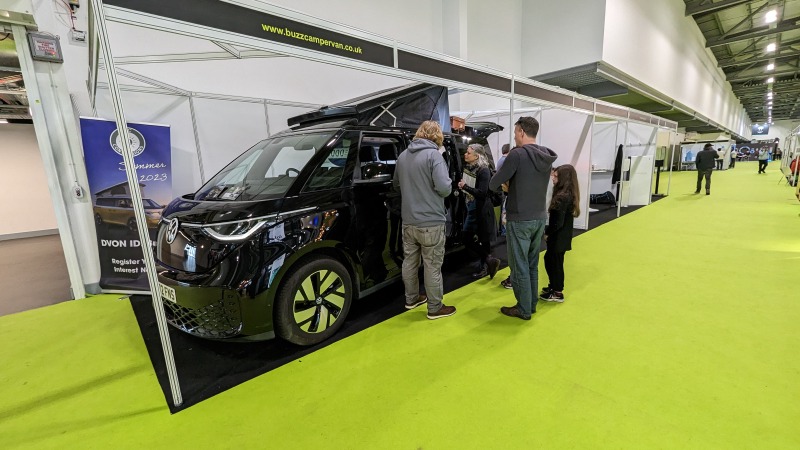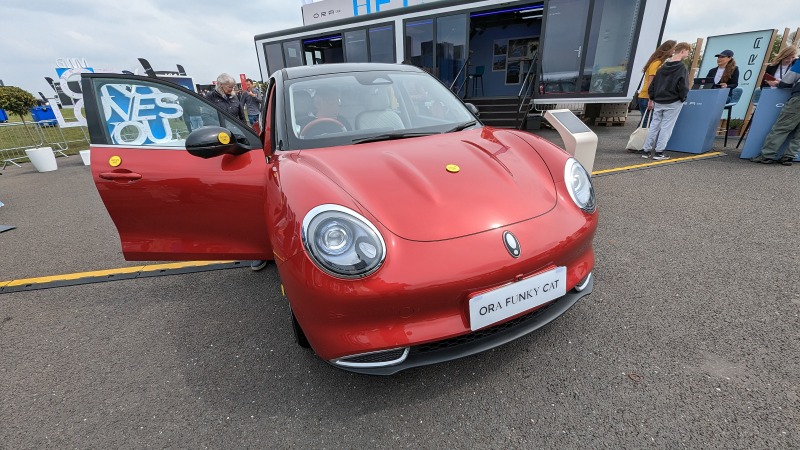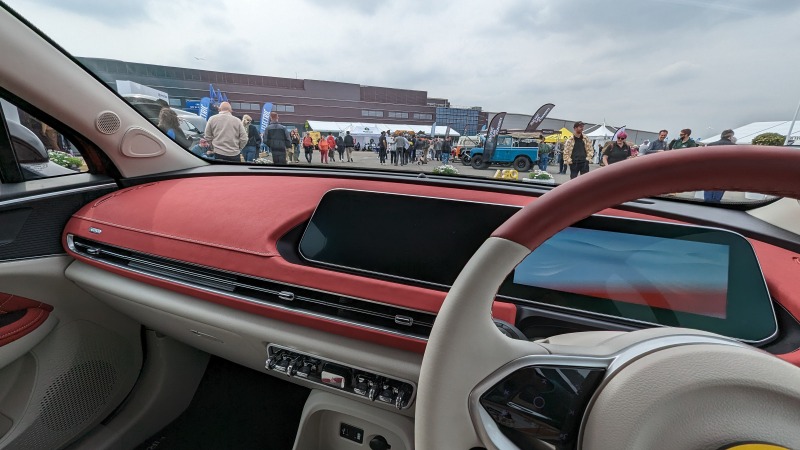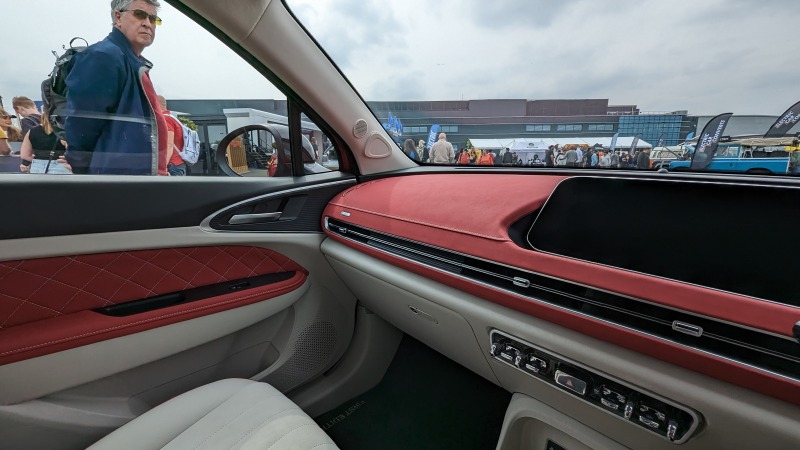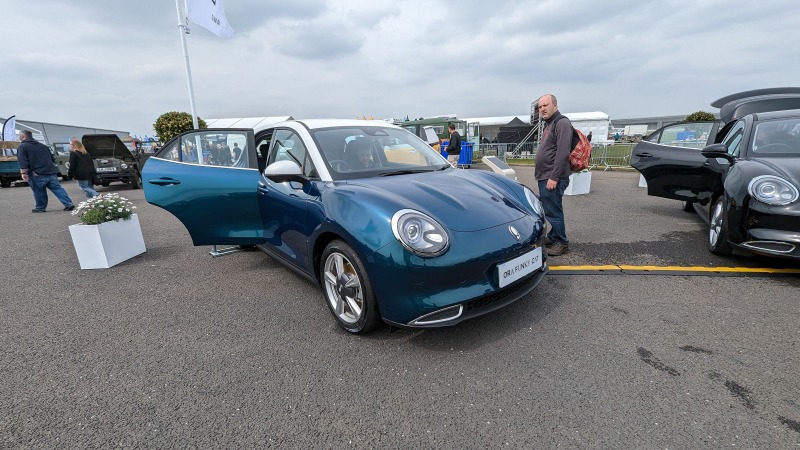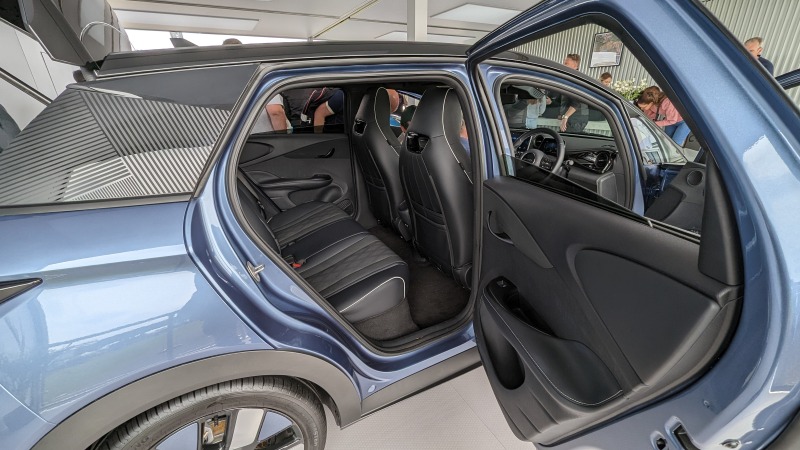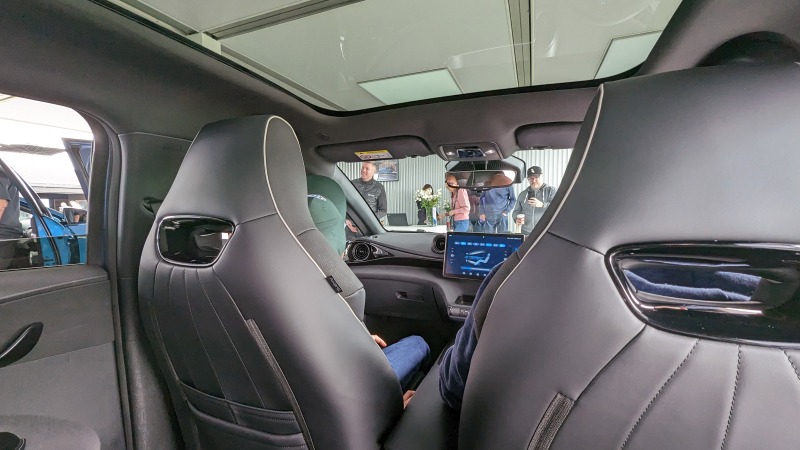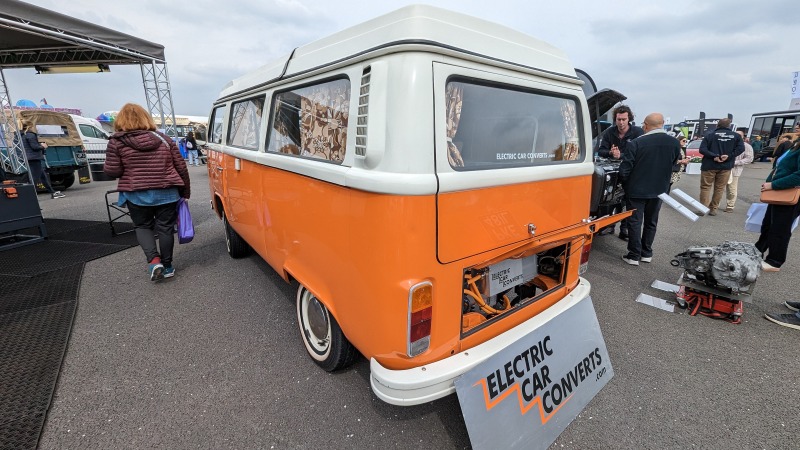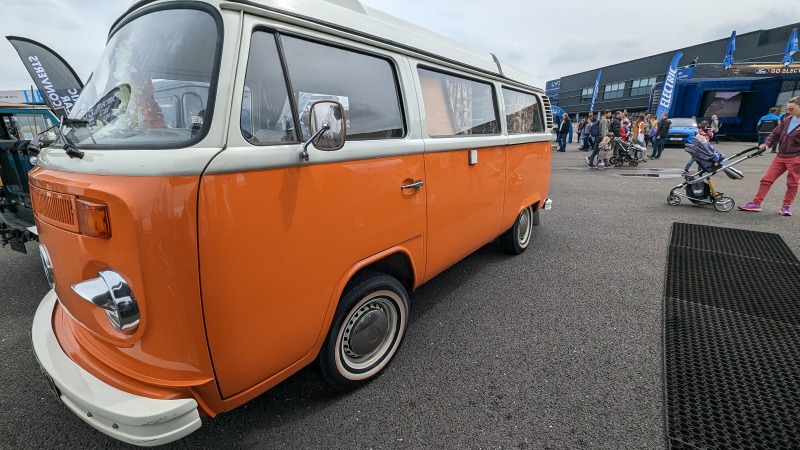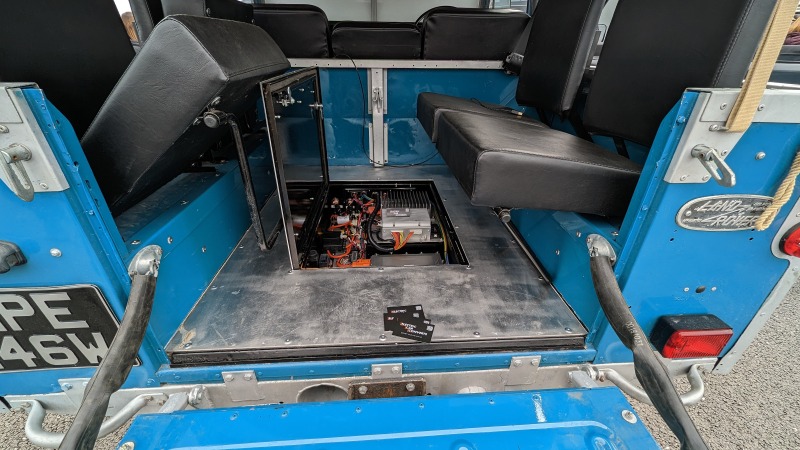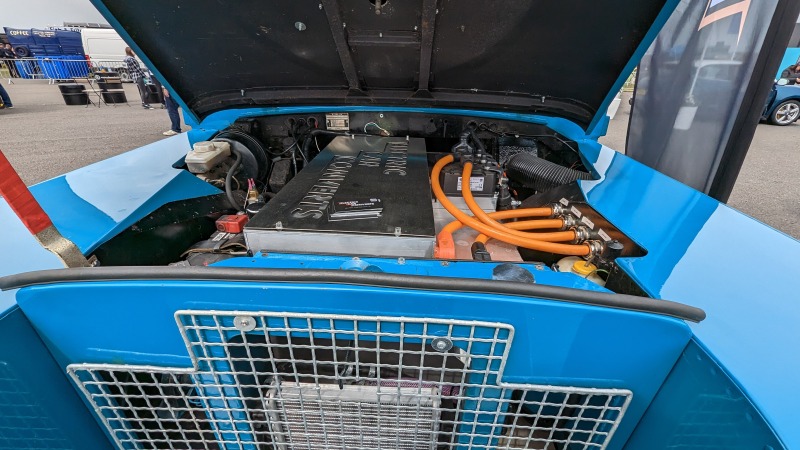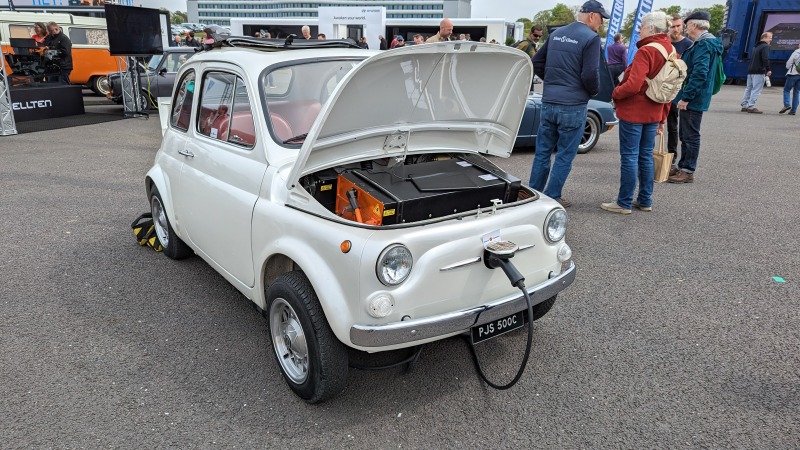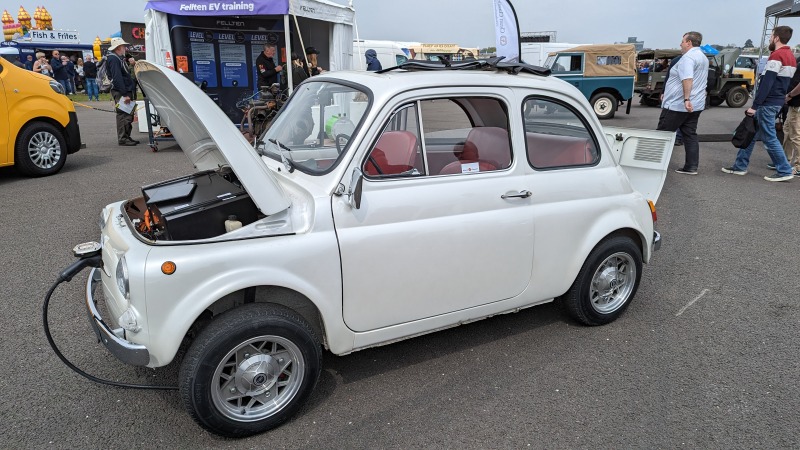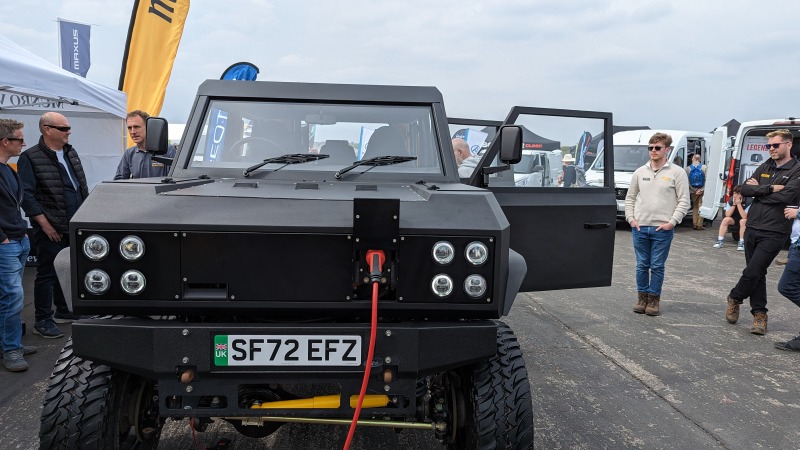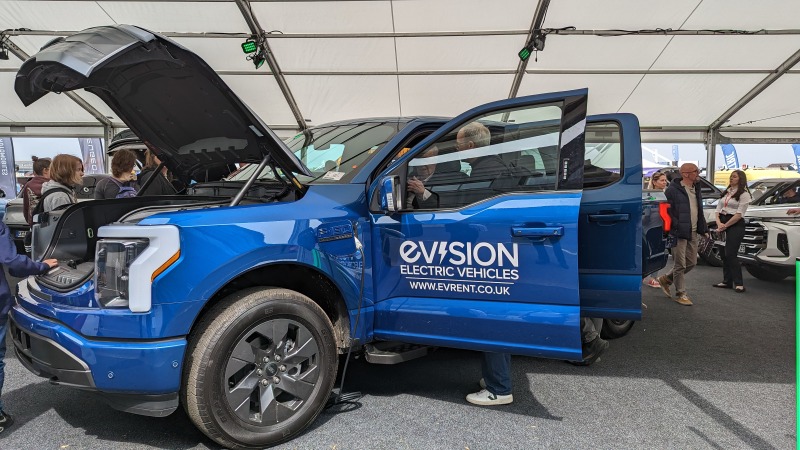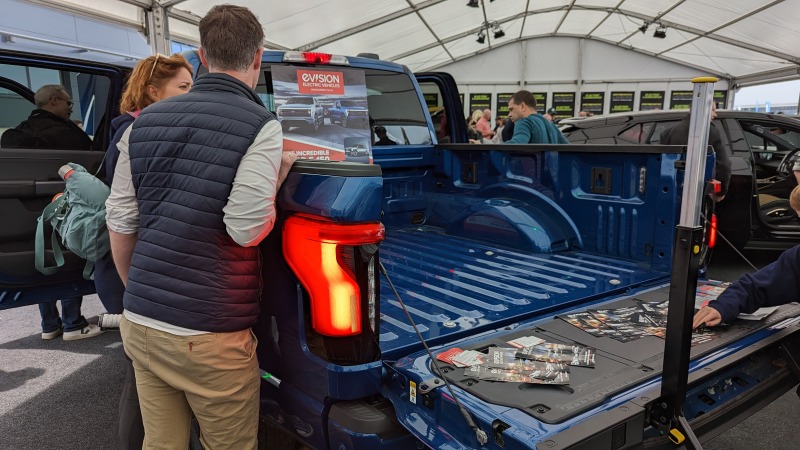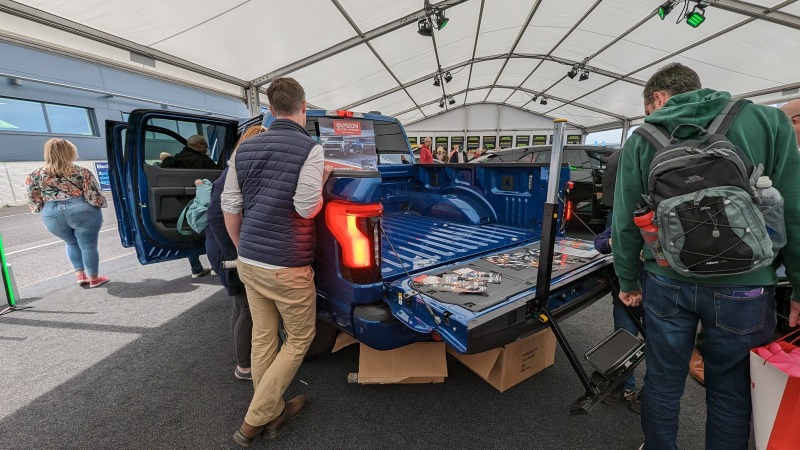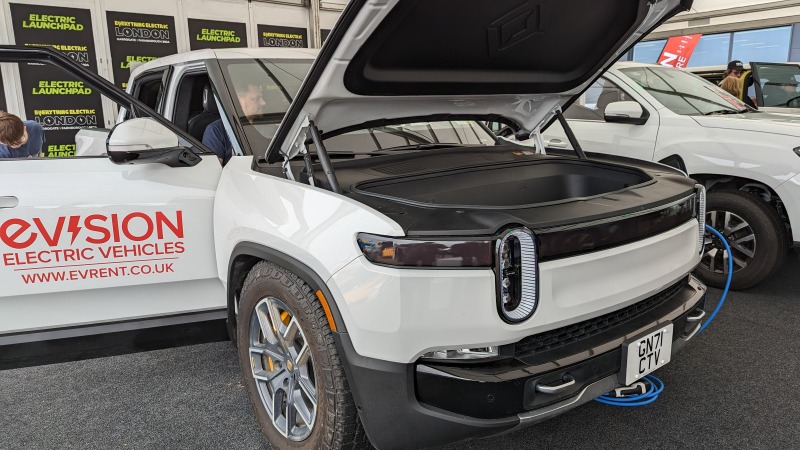8th June 2023 – 12th June 2023
The Download Festival time had arrived, Selina and I were spending the weekend there. I have been to Download several times now, always buying the RIP camping tickets, these allow me to take the campervan, and give you access to the Guest area. This year I left it too late to purchase those tickets. They sell out very quickly. Instead, I bought some Rock Retreat tickets. This was offsite camping a couple of miles away at Melbourne House. The campsite was nice, toilets and showers on site. The people there were friendly, and it was peaceful. The downside is you need to take a bus in and out. They ran regularly, so not too much of an issue. There was a long walk from the bus station to the arena, and a long-crowded walk back at the end of the evening. That walk was not so nice.
This year was the 20th anniversary of Download, so it was a four-day event. This caused chaos on the roads, and the future of Download has been put into doubt. It is rumouredthat 200 passengers using East Midlands airport missed their flights because of delays. On the Thursday we were held up in traffic for more than an hour, wish we had gone to Melbourne house across country from the West,
Metallica were the star of the show, playing two sets, one on Thursday and one on Saturday. The lighting and additional screens made it a spectacular show to watch. Even when you were near the back these additional screens on towers brought you into the show. Looking at other Metallica shows this year, it seems these towers, and twin shows were a Metallica hallmark. Other bands were allowed to use the towers. I would love to see them at future Download festivals and other open-air venues. They made such a huge difference.
The weather was hot and dry. In fact, too hot, Steve was reduced to drinking water on one day. The bars could do with some updating. The big bars serve one cider and one lager. There was the taphouse bar that sold a few American IPAs brewed in this country by Carlsberg. They were better, but the queues were horrendous. Download, please widen the range of beers in all the bars. The food was generally fine, so long as you steered away from the burgers, well actually most things that contained meat.
The final day, Sunday, we spent quite a lot of time trying to meet up with Selina’s cat’s Twitter friend. This twitter account is operated by Slipknot’s sound engineer. Alas this did not happen in the end, scheduling issues. The Slipknot show was going to happen during a thunderstorm. Thankfully, the storm happened all around us, and not over us. So, we were dry, and the ground did not turn to mud.
The YouTube below contains sessions from most of the bands we saw. The sound on my new Pixel 7 is very much better than my previous phone, so long as I remember not to put my finger over the microphone. I kept doing this. Now I know, I have become very careful. The microphone is just where you want to hold the camera in landscape mode. The image stabilization is very good, and the optical zoom helps get in close.
- 00:00 Cancer Bats
- 00:35 Jinjer
- 01:10 Halestorm,
- 02:26 Alter Bridge
- 03:00 Metallica
- 03:54 Stand Atlantic
- 04:52 Nova Twins
- 05:52 Pendulum,
- 07:49 Evanescence
- 08:36 Bring Me The Horizon
- 19:19 Rock Fit
- 20:40 Ice Nine Kills
- 23:34 Disturbed
- 26:25 Placebo
- 27:42 Metallica
- 36:52 Bloodywood
- 37:32 Lorna Shore
- 38:36 The Hu,
- 45:00 Ghost
- 47:44 Slipknot
